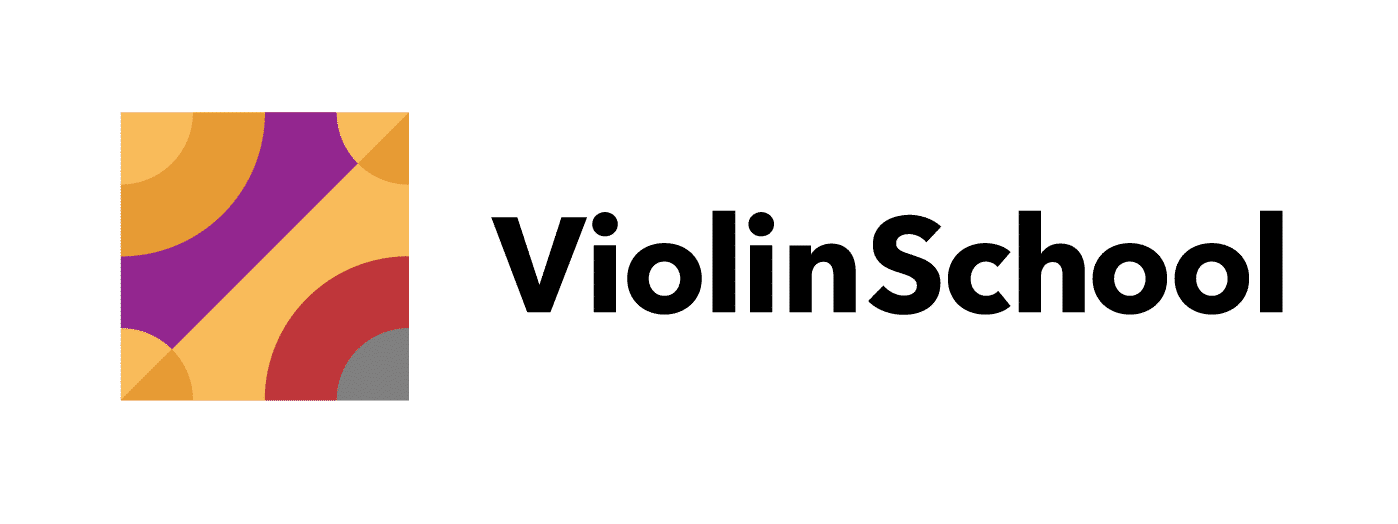Breaking down a piece of music to improve coordination, especially for a string instrument like the violin, is a valuable practice.
It’s particularly helpful to do this when learning a new piece of music, to avoid becoming overwhelmed by all the different pieces of information that you need to process simultaneously.
Here's a more detailed breakdown of the steps:
Step One: Master Individual Elements
Step Two: Combining Skills
Combine clapping the rhythms with simulating bowing motions. This helps you connect the timing of your bow strokes to the music.
Simulate both finger movements and bowing at the same time, connecting the left and right hand coordination.
Step Three: Incorporating the Violin
Sing or say the rhythms as you play!
Verbalise the bowings as you play!
Sing or say the finger numbers as you play!
Sing or say the notes as you play!
Step Four: Increasing the Tempo
At each step, use a metronome to identify the fastest tempo at which you can CONSISTENTLY complete the task - in time, in tune and (when you are playing the violin) with a good sound.
Once each task is secure, you can incrementally increase the speed until you reach the tempo you wish to use for performance.
**
By following these steps, you’ll improve your coordination, making it easier to play the piece on the violin.
Remember that practice and repetition are key to mastering any musical piece!
Learning to play a musical instrument is a rewarding endeavour that knows no age limits, so it’s never too late to realise your dreams of playing the violin!
For adult learners, there are few better places to get started than in London, England, because of the wide number of learning options available for beginner violin tuition tailored specifically for adults.
London also boasts a world-class music scene with live music concerts featuring the violin and other string instruments almost every day of the week … so you’ll never be short of inspiration!
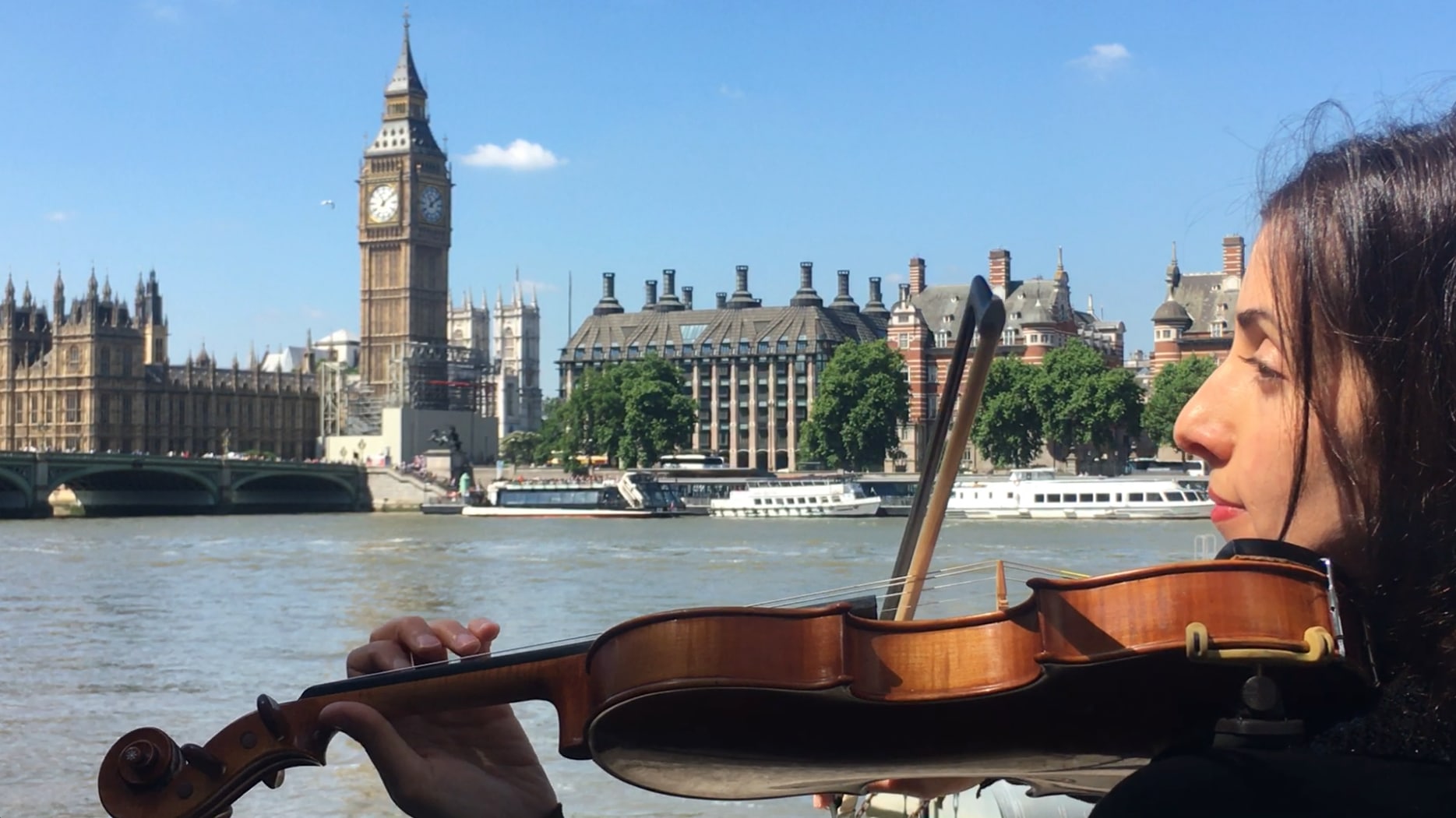
Why Choose Violin?
The violin is often considered one of the most enchanting and versatile instruments.
Its expressive melodies and intricate techniques make it a popular choice for individuals of all ages looking to explore their musical interests.
Learning to play the violin can be a fulfilling way to challenge yourself, enhance your cognitive abilities, and cultivate a lifelong appreciation for music.
It can also be a wonderful social experience, and a great opportunity to meet new friends who share your love of music!
However, the violin is an intricate instrument to learn, so it can be easy to pick up bad habits or make a bad sound if you don’t get the right advice from the start.
Therefore, it’s important to find a high quality tuition option from the very beginning.
Tailored Tuition for Adults
Fortunately, London offers several options for adults who are interested in learning the violin.
Although many music schools and private tutors in London specialise in teaching children, there are also some teachers and schools who understand the unique needs and requirements of adult learners too.
As an adult learner, your considerations for a choice of tutor can include practical issues such as availability, and flexibility of schedule - this is especially important for adult learners who have a busy work schedule during the week!
But teaching violin to adults is very different from teaching children, so a professional teacher will also understand issues such as:
Muscle flexibility and physical movement considerations - older learners can be highly capable, but may require more specific muscle flexibility exercises than younger learners, in order to develop certain technical skills
Previous musical experience (if any), and how this affects the learning process - often adult learners will have very little memory of music theory, and will not know how to leverage their intuitive musical ability. Some adult learners may have very minimal musical experience.
Cultural differences - often, adults who have travelled to London from another country to study or work, will have learnt some music skills through a non-western system such as Solfeggio (doh-re-me), an Indian musical tradition such as Hindustani or Carnatic violin, or class music lessons at school.
Motivation - adult learners in London will often have a variety of reasons for learning, ranging from the need to relax and rejuvenate after busy working week, to personal development and goal setting, to connecting with new friends and becoming part of a musical community.
**
In all of these different areas, a skilled violin teacher who specialises in adult learning will be able to bridge these gaps quickly and effectively as possible for each individual adult learner.
Group Tuition or Private Lessons?
One of the first decisions you need to make as an adult learner in London, will be whether to seek a private tutor for one-to-one lessons, or a group class or course where you can learn alongside fellow students.
There are advantages to both formats, so it is sensible to consider both options.
In our experience, a blend of group tuition and some supplementary personal tuition is the right balance of the majority of adult learners in London.
Cost-conscious learners on a tight budget can also achieve great results through group tuition alone, especially through intelligent use of quality learning resources.
Group Tuition specifically designed for adults, provides:
Private Lessons offer benefits including:
Additional considerations:
Private lessons from an experienced, high quality teacher are usually more expensive than group tuition, so this should always be considered if your budget is tight.
Also, music is social. So if you choose primarily to learn through one to one lessons, then it’s important also to find a group, ensemble or orchestra appropriate to your experience level, so that you can play with other musicians regularly and build up your rehearsal and performance experience.
If you’re unsure about which format is right for you, we recommend joining the Violin Fundamentals class run by our colleagues at London String School.
This one-off class takes place frequently in London and is suitable for first-time beginners, restarters, or for learners who want to revise the first principles of good playing technique.
It’s taught by ear, so you don’t need to read music in order to participate. A violin can also be provided for the class if you don’t already have an instrument of your own.
To learn more, take a look at the London String School website for more information:
It’s never too late … get started today!
It's never too late to embark on a musical journey, and learning the violin as an adult in London can be an incredibly rewarding experience.
With a range of options available, from traditional lessons to online resources, you can choose the path that best suits your preferences and lifestyle.
So, pick up that violin, and let the music begin!
It's 2022! And the New Year is a perfect excuse to bring a new habit into your life ... in fact, did you know that January is the second most common time of the year for people to start learning the violin!
Maybe it's time for you to start, too? Or if you're already learning, time to join a school and take your playing to the next level?
To help you get started, we are - until 17th January - offering a HALF PRICE trial month for all new learners, so that you can try out everything that ViolinSchool has to offer!
If you already play, take a look at our new weekly program of live training - everything can be accessed live via Zoom from whenever you are (or you can visit us in London, England on Wednesdays or Saturdays!)
If you're thinking of starting to play but don't have a violin yet, then our free How To Get Started With The Violin class is the best place for you to start! We'll be running this session live on Zoom on the following dates:
... or you can get started now using the free self-paced online course ... just log in and start learning!
If you do have a violin but haven't yet started to play, or if you're restarting the violin or have learnt a bit yourself already using the internet but want to take your playing to the next level, then we recommend starting with our Fundamentals classes! We'll be running these sessions live on Zoom on the following dates:
You can read all about the Violin Fundamentals here:
https://www.violinschool.com/fundamentals/
(and the in-person version at our London school you can read about here!)
About 'Violin Fundamentals'
Most people start with our renowned program of 'Fundamentals' classes, which have helped thousands of violinists to get started, restart, or troubleshoot core technique over the past 10 years!
These live classes include:
You can read more about the Violin Fundamentals 1 and 2 classes here:
https://www.violinschool.com/fundamentals/
There are three main types of minor scale: natural minor, melodic minor and harmonic minor. You can think of them as three different 'flavours'!
Each type of minor scale uses a different note pattern, so it has a distinct, recognisable sound. You will need to use different finger patterns to play these scales on the violin.
**********
In the natural minor scale, you just play the notes that are indicated by the key signature. So for E natural minor, all notated Fs become F#s because there is one sharp in the key signature.
But all other notes stay the same:

**********
In the harmonic minor, the 7th note of the scale is sharpened. This means that it goes up by one half-step (semitone), compared to the equivalent note in the natural minor scale.
So in E harmonic minor, the seventh note of the scale would be a D# instead of a D:

**********
The melodic minor scale pattern is a bit more complicated because the 6th and 7th notes of the scale are raised by one half step (semitone).
Traditionally, musicians play this scale by raising the 6th and 7th on the way up, but then reverting to the natural minor scale on the way down.
For the E minor melodic scale, this means there are no extra sharps on the way down, apart from the F# that is already in the key signature.

**********
We get this question a LOT at ViolinSchool!
But, honestly...
Who can know?!
As the saying goes, How long is a piece of string? ... it's kind of impossible to know the answer to this question, because it depends on so many factors that are personal to YOU.
What's much more important (and what we're focused on when you're enrolled at ViolinSchool) is whether:
a) you're gradually getting better and better at playing the violin
and
b) you're having fun and enjoying it!
Are those not the most important things?
(Also, call us lazy, but ... we want you to achieve the best possible results with the minimum amount of effort! Ha!)
So let's upgrade the question...
Aha! Now we're talking! 🙂
Now, that's a big question, and the answer is different for every person. But as you work through each area of skill with your teacher or coach, we can find answers to this together.
Remember, the right answer will be different for everyone, because we all go through different 'phases' or 'seasons' of learning, so your practice routine will change in different ways over the years.
But we can't look for changes and improvements until we're fully aware of what we're doing right now.
So be mindful of your existing violin practice routine, and start to reflect on what is working and what isn't working for you.
Here's a tool you can use to do exactly that:
(click to download - make sure you're logged in to ViolinSchool)
For an explanation of the different categories, check out the 'Practice Menu'.
Now please ... before you print the doc ...
1) Don't overthink this! Just scribble down a few notes about what you've played or practised this week. You can take a deeper look at the details later.
2) Use any format to make a note of what you played this week! It doesn't *have* to be the document above! You could even just scribble a few notes on the back of an envelope. Whatever works.
Only spend 2 minutes a day on this exercise! Just enough to make you start thinking about what you're doing in your violin practice, and why.
September again ... How did that happen?!
Anyway, as the world continues on its crazy journey through 2020, some things still remain certain ... September is one of the most popular times of year for starting to learn the violin!
Here at ViolinSchool, we've just finished our inaugural Teacher Training Course in Dublin at the Royal Irish Academy of Music, and we're now looking ahead to the Autumn Term, which begins on 21st September.
The first batch of our new Coursebooks have arrived (they're gorgeous!), and we'll be opening pre-orders for the books in the coming days.
Our popular Zoom Practice Sessions shift to Thursdays from this week, and are open to learners anywhere in the world ... just send us an email if you'd like to drop in on a session!
The Coaching Program is now open for learners anywhere in the world to take advantage of the guidance that my amazing Coaching Team (including David Worswick and Caroline Lumsden) has to offer.
And if you're in London, you can find out more about what's going on at the London school in our Autumn 2020 welcome letter.
Now's a perfect time to get started with the violin, so get in touch with us today at [email protected] or give us a call on +44 (0) 20 3051 0080, and we'll recommend the best place for you to start!
Dear all,
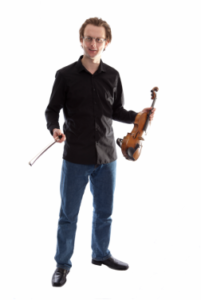
I am writing to update you about our plans for the London school during the Summer 2020 term.
Firstly, I hope this finds you safe and well. I'm painfully aware that, for a minority of our community, music is - right now - not at the forefront of our minds.
If that's you, please know that we're thinking of you, and we'll be here for you whenever you're ready to begin playing again.
For the rest of us, we need to prepare and be ready for when things get back to some kind of 'new normal', because in the coming months, people will need the solace, joy and excitement of music more than ever ...
... and getting ready for that is what Summer 2020 at ViolinSchool will be all about!
As with so many small organisations around the world in recent weeks, the months of March and April have not been kind to ViolinSchool.
But we're here for the long term. We've had to adapt rapidly to the changing situation, and I've taken the necessary decisions that will not only see us through the coming months, but continue to grow and thrive long after the current situation is over.
That said, we do need a couple more weeks to rebalance and catch up, so the start of our Summer Term is now delayed, and will start two weeks later than planned, in the week beginning 4th May.
We are now gradually working through our backlog and hope to be back to full speed by the end of April. We are immensely grateful for your support and patience.
Thank you.
Enrolment
If you are already enrolled --
If you are not yet enrolled --
Term Fees
We understand that your finances might be in an unusual place right now. We are also facing significantly increased costs, albeit offset against venue reductions. It is a very challenging time for many of us.
In order to help with tuition costs, we have been able to make the following adjustments:
We have always strongly believed that lack of financial resource should not be a barrier to learning music. If you need help with fees, please ask.
Although our resources are limited, we will always subsidise committed learners where we have capacity do so.
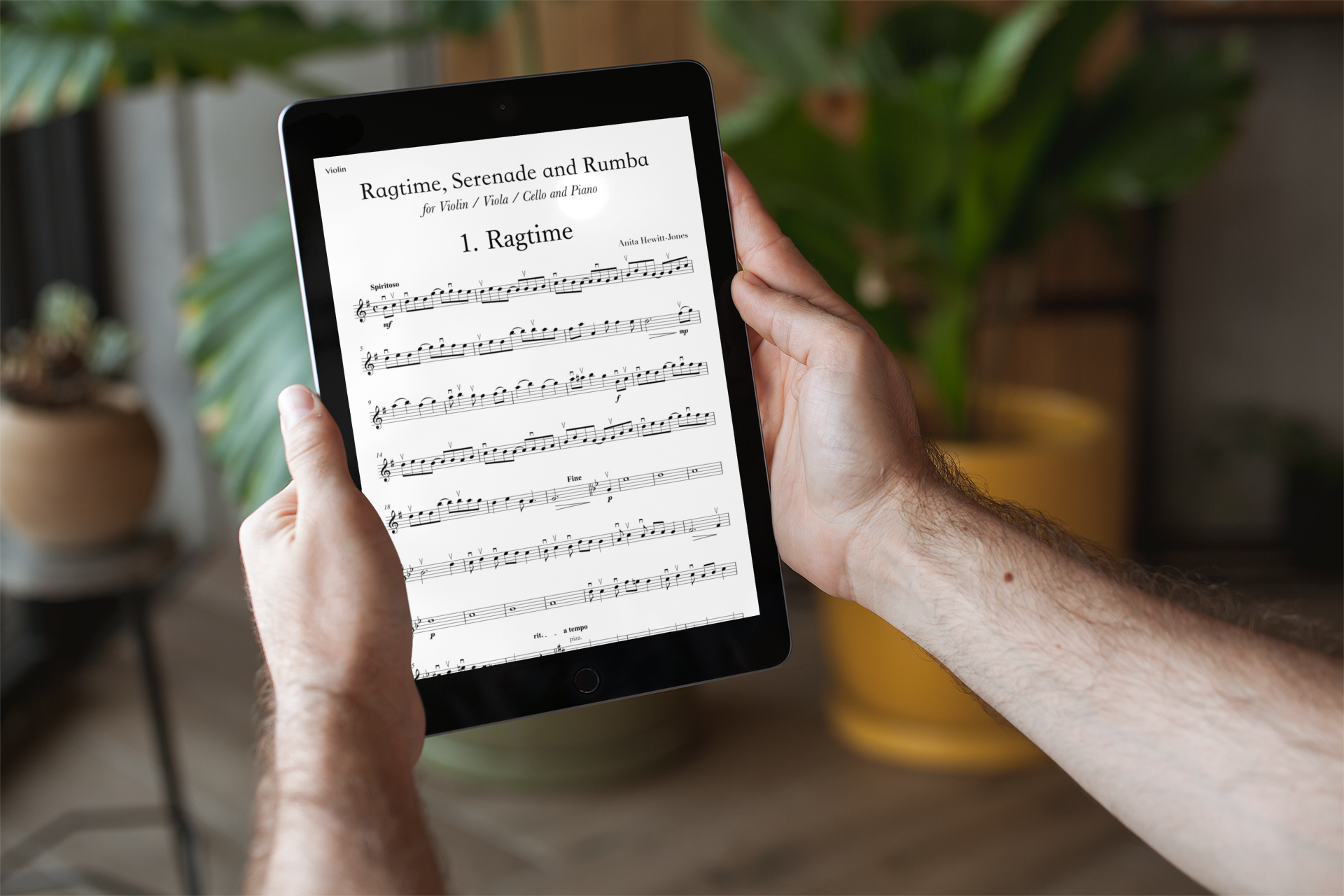 All of us at ViolinSchool are, as ever, completely focused on how to to provide you with the very best learning experience.
All of us at ViolinSchool are, as ever, completely focused on how to to provide you with the very best learning experience.
But a new reality requires a new approach, so instead of adapting our existing London program, we have reinvented it completely.
We will continue to monitor goverment advice, and still hope to re-introduce 'hybrid' online/offline classes in Pimlico during the second half of term, if it becomes safe to do so.
But we can't rely on this definitely happening. Therefore, Summer Term courses will be delivered through a mix of tuition formats:
Although this approach is new for many in our London community, we have been trialling it successfully for several years with our international learners, and I can highly recommend it.
In fact, I have been hoping for several years to bring hybrid digital- and offline- learning to all of our London community!
Why? Because, quite simply, I strongly believe that a blend of online and offline learning leads to the best results.
For this reason, I actually see this time as a very exciting opportunity to develop a new standard of learning for the violin.
1. Online Course Modules
For courses A to C, class materials will be available to you on ViolinSchool.com (for D and E / Ensembles, we will be sending music to you by email instead).
You will be able to download music and exercises, and look at basic instructions in advance of each class.
2. Live Zoom Classes
In each live session, we will go through the materials from the most recent module(s). We'll work through each exercise and activity in real time, and there'll be time to answer any questions that you may have.
3. Optional Short Followup Sessions (Skype or Zoom)
Should you need more help or support than is available in the group class, I and/or Marisol will be available for short 20-minute 121 followup sessions. We will be able to give personalised feedback or work in depth on a topic as needed.
Coaching times will be released weekly, but will usually include Tuesday and Wednesday evenings, and some weekday daytimes.
A couple of followup sessions and/or video exchanges will be included for each course participant. If you feel the need for more, further 121 coaching will available at a reduced rate.
4. Video Exchange
These are exactly the same as coaching sessions, but not in real time. If short coaching sessions are not possible for you due to scheduling, then you can simply upload a video performance for assessment and feedback.
(all times London/BST)
Thursdays (beginning 7th May):
6.30pm to 8pm - Adult Course A
8pm to 9.30pm - Adult Course B
Saturdays (beginning 9th May):
10.30am onwards - Parent & Child Courses
12.30pm to 2pm - Adult Course C
2.15pm to 3.45pm - Adult Course D/E
[May only] 4pm to 4.45pm - Ensembles
[June only] 4pm to 6pm Violin Orchestra Preparation
Preparation Week 1: Saturday 25th April
Preparation Week 2: Saturday 2nd May
Week 1: Thurs 7th & Sat 9th May
Week 2: Thurs 14th & Sat 16th May
Week 3: Thurs 21st & Sat 23rd May
Week 4: Thurs 28th & Sat 30th May
Week 5: Thurs 4th & Sat 6th June
(exceptionally, there will be no half term break)
Week 6: Thurs 11th & Sat 13th June
Week 7: Thurs 18th & Sat 20th June
Week 8: Thurs 25th & Sat 27th June
Revision Week: Saturday 4th July
Summer Concert: Saturday 11th July
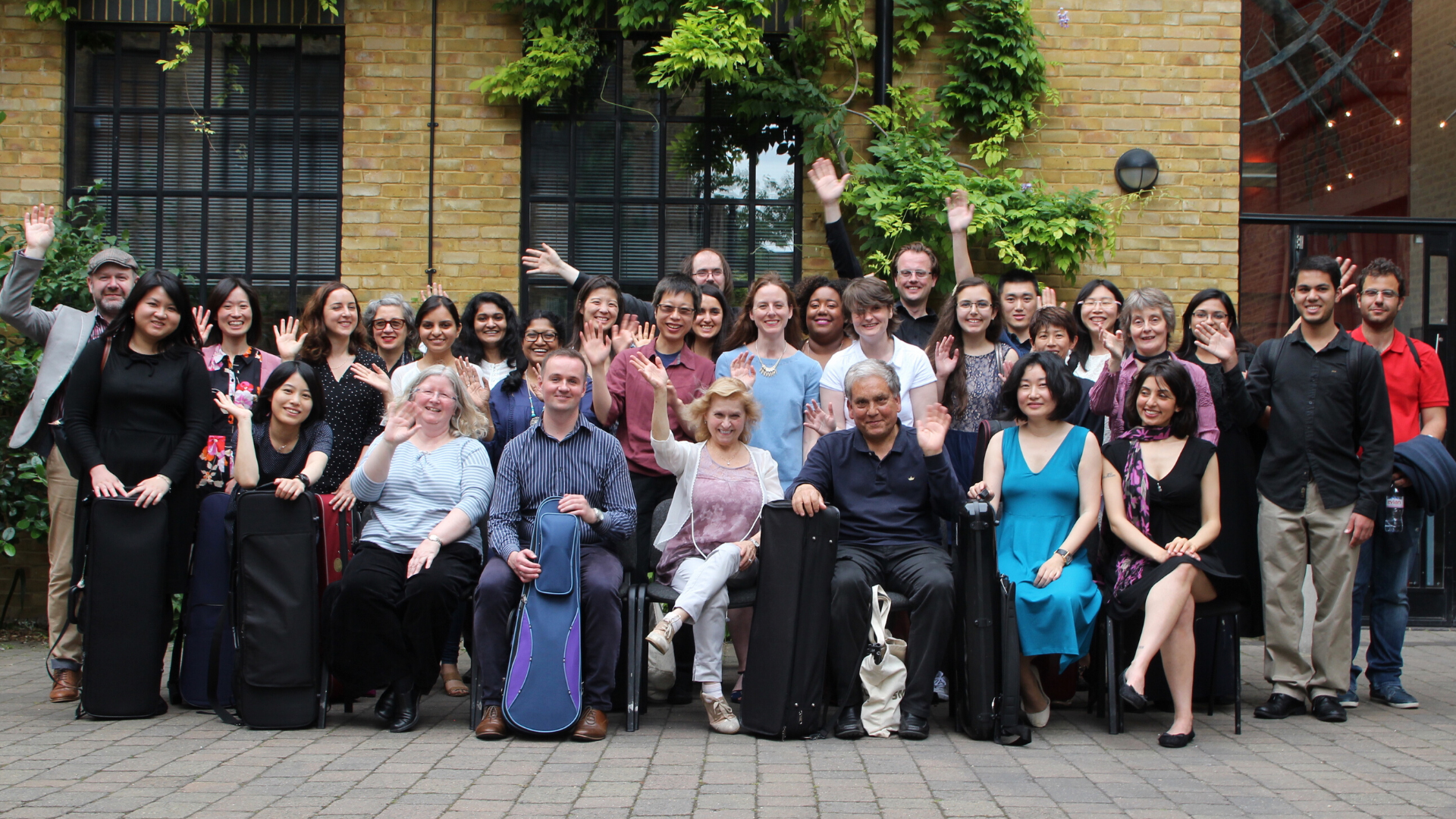
Rehearsals & Online Participation


Though our London school is incredibly important to us, it's actually not the main part of what we do. 'ViolinSchool' pre-dates ViolinSchool London; we originally launched in 2012 as an online school for the violin, but the idea was too ahead of its time.
No longer! As we move ahead into September 2020 and beyond, you can expect ViolinSchool to leverage the power of digital technology more than ever before. We're going back to our digital roots! Everything we do will be available digitally, not just physically.
I promise you this can be done in a really good way. Physical experiences such as concerts and printed books become even more important when digital resources are ubiquitous.
Digital formats don't replace physical formats. But each plays its role in enhancing learning, music-making, performing and listening experiences. More digital options don't detract from what's precious and unique about shared in-person events. If anything, the opposite is true.
In the next few days, you'll see our newest books and courses being released. Over the coming months, many more will follow. Our daily online lessons, weekly emails, and regular YouTube videos will restart next week.
So, please keep an eye on this blog, and look out for our emails 🙂
**
Thank you again for your support and commitment to learning during this remarkable time. Together we will get through it, and emerge stronger.
On behalf of everyone here, Happy Spring, and ... whether on-screen, or in person ... see you soon 🙂
Simon
So, the world has changed.
When there's not a Pandemic, ViolinSchool is based in the centre of one of the world's most frenetic cities, so we know only too well that the fast pace, the busyness of 21st century life, is beyond a cliche.
Stop the Ride – I Want to Get Off!
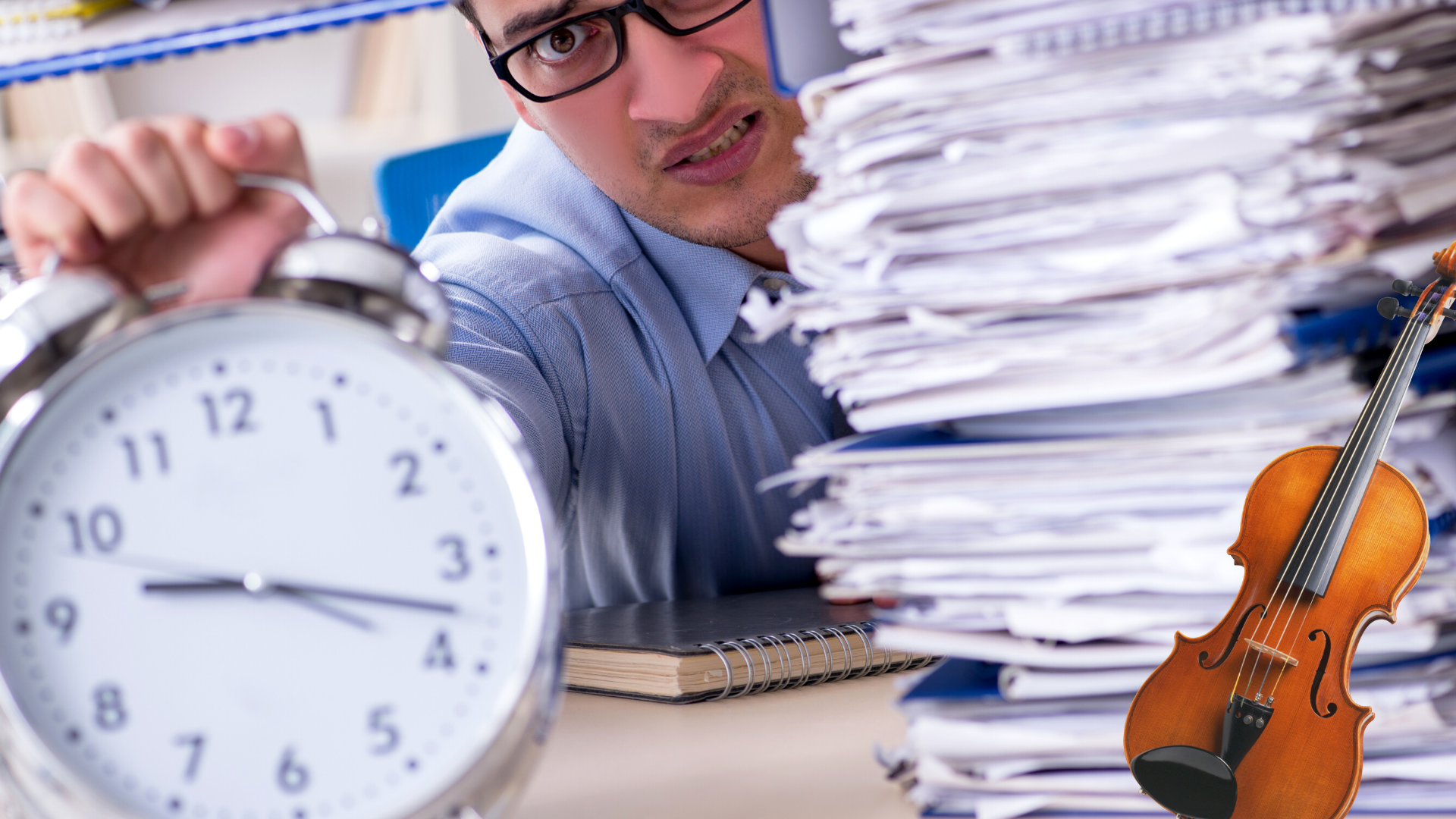
Well, if ever there was an opportunity to entirely think the way we live, this is it. Whilst medical professionals fight the front line, for many of us, the most helpful thing we can do is to stay at home.
If we do, then - for all the tragedy and uncertainty that's unfolding around us all across the world - the vast majority of people will be physically fine.
But perhaps we can aim for more than that. Being physically fine is one thing, but being mentally and spiritually fine is another.
Not just individually, but as a global community.
A Creative Reimagining

Imagine if all across the world, we use this time to reinvent who we are. To bring all the most important parts of our lives to the fore. To put human things first.
Creativity and imagination can usually be found at the root of everything great that humans do.
But so often, at least in the world we lived in until a few weeks ago, these crucial human skills came second to 'surviving the rat race' of modern life.
I know first hand how many of our learners struggled to balance the necessities of day to day life, with the desire to realise their potential and spend time on the things that really mattered to them.
Goodness, we've struggled with it ourselves on a daily basis at ViolinSchool. As the saying goes, it's hard to focus on what's important when your attention is always eaten up by what's urgent.
For all the professional musicians that I know, that's completely changed now. In the space of a couple of days, all existing plans (and work!) are lost, and entire reinvention is required.
As Learners and as Teachers, we need to do the same.
Your Tribe, Your Community

That said, for the past decade, ViolinSchool's Approach and Values have guided us to where we are today. Creativity and community have always been our guiding forces, and I put it to you that those two things are sorely needed as, by the hour, our world reinvents itself in front of our noses!
All of us have our own medium for finding Zen. For some people, it's baking a great loaf of bread. For others, it's drawing a great picture.
Others still, find self-actualization through writing, coding, gardening, travelling, dancing, making, caring, and connecting with others (we are, after all, social creatures ... even when that connection is by necessity through a screen!).
For us, it's music. And particularly the violin.
And if that's you too, then come and join our tribe, and consider ViolinSchool a home from home.
A Community for Everyone

Many people don't realise that ViolinSchool was started, back in 2012, as a purely online school (our offline school and publishing came later). Or that I eventually plan to turn it into some kind of co-operative, B Corp, or other social, community-owned entity. But that's always been the plan.
Officially, ViolinSchool's mission is to bring high-quality, affordable violin education to anyone, of any age, of any experience level, anywhere.
But we know that learning a musical instrument and fulfilling your potential is about much more than that. It's about becoming empowered to be the best you can be, it's about growing beyond your comfort zones, and it's about developing your musicianship beyond what you knew to be possible.
But it's also about connecting and sharing the creative act of music with other people. And thanks to modern technology, that's something that can now be done from anywhere.
Where We're Going Next
A dream without action is just a dream. So this is not a time for cabin fever. I urge you to pick up your violin, right now if you can, and begin to play.
Starting today, we'll be reinventing ViolinSchool in real time (or rather, doing what I've always wanted us to do, now that the world is ready for it!). As we do so, we'll be sharing every innovation and every experiment right here on ViolinSchool.com and on our YouTube channel.
Most importantly, we'll be explaining how YOU can join us in our journey of envisaging a better world, and a better way of being.
I'm not asking you just to 'follow' our journey, but to be part of it.
Because the reason ViolinSchool exists, is to help you become the musician that you want to be, so that together we can contribute to build the world we want to see.
And if there's a time to make that dream a reality, then what better time than ... now?
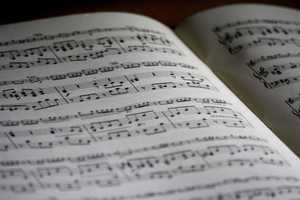 I taught a lesson today to a very experienced folk fiddler who could to play at a reasonably advanced level.
I taught a lesson today to a very experienced folk fiddler who could to play at a reasonably advanced level.
He could read music, albeit a bit unsteadily, so I initially assumed he knew the key signatures and other musical theory too.
But as a teacher, it’s good practise to check a learner’s knowledge by asking them to explain a topic back to you, just to be completely sure they understand.
And when I did this, I found that the fiddler struggled to explain what a key signature was, let alone how scale patterns worked.
On the one hand it’s testament to someone’s musicianship, creativity and listening skills that they can reach a high level of playing with almost no theoretical knowledge!
But on the other, it’s a massive shame not to have the clarity and confidence that comes from being able to communicate what you’re doing visually and conceptually through sheet music.
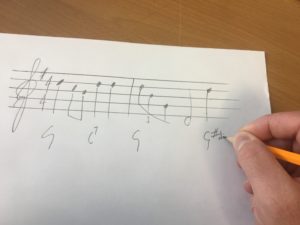 Once you commit music to paper - even if it’s just chord symbols or the melody of a tune, you are committing to a clear structure.
Once you commit music to paper - even if it’s just chord symbols or the melody of a tune, you are committing to a clear structure.
(This is an inherent part of the ‘classical’ styles, which is why it’s much more common for folk players to have this problem - though sometimes ‘classical’ players have the opposite issue of becoming far too dependent on Sheet music, but that’s another story!)
That commitment gives you a clear understanding of exactly what you’re doing, and allows you to communicate more clearly with other musicians too.
This saves time and will generally get you a better, quicker result - especially when you’re playing a piece of music for the first time.
In the lesson with the folk fiddler, I put several of the new materials from our new Violin Course A in front of him.
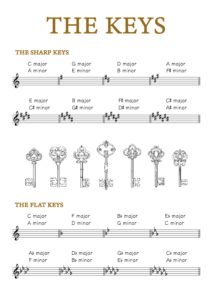 We talked through some of the ‘explainers’, reviewing concepts like sharps, flats and key signatures.
We talked through some of the ‘explainers’, reviewing concepts like sharps, flats and key signatures.
As if like magic, the previously baffling sheet music symbols all started to make sense, and before long, we were romping through scale patterns in all sorts of exotic keys!
Most importantly, by the end of the session, the learner had begun to develop a newfound confidence in music notation, that immediately affected the quality of his playing.
**
If you’ve been playing violin for a while but you’re not yet fully confident with music theory, then you might also wish to check out the learning resources in our new Online Beginner Violin Course.
If you just want to download and review the lessons, then you can access everything just with a ViolinSchool Membership (sign up here).
Or for a more personalised experience, including weekly assignments, coaching and support, and certification, then pre-enroll for the first Online Edition of the course today! (Deadline 1st July; Course completion deadline 31st August)
Hello everyone!
Here in London, the new term is starting, and for the first time ever we are synchronising our online and offline tuition.
Regardless of whether you're learning with us here in London or from anywhere around the world, you'll have access to exactly the same course content, learning resources, exercises and learner support.
The class structure of the London Beginner Courses A, B and C will form the basis of our Online Courses A, B and C which we'll be releasing gradually over the coming weeks.
If you'd like to be notified when each course becomes available, don't forget to join our mailing list - you can leave your email address on the courses page.
I'm reliably informed by our technical wizards that all Member accounts have now been transferred over to the main website at www.ViolinSchool.com so you can now log in there with your existing details (though you may need to reset your password depending on when you originally registered... if you need any help just email [email protected]).
More about this soon, but the big news right now is that...
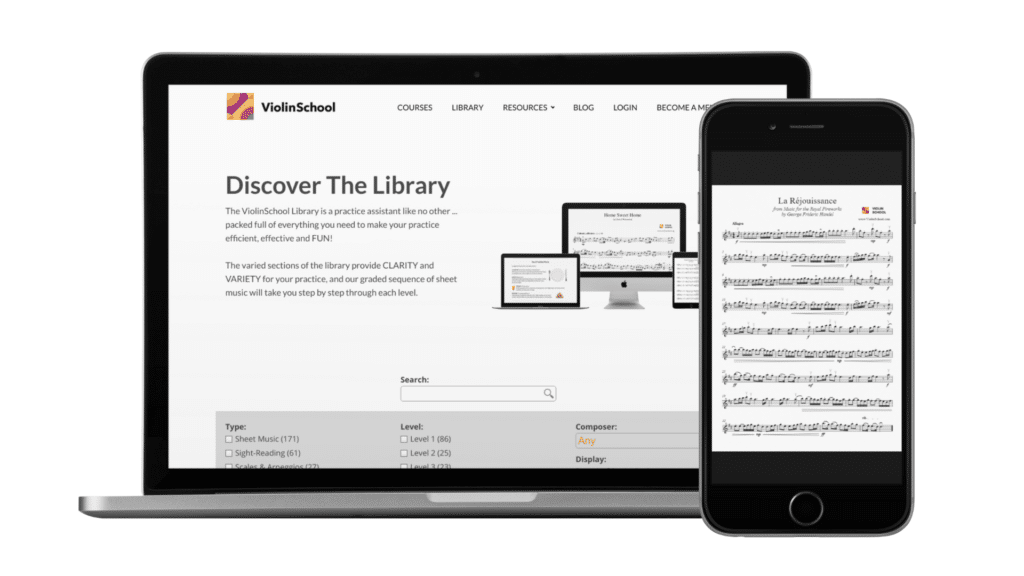
I'm super excited to let you know that our upgraded Digital Library is now fully stocked and ready to use!
There's sooooooo much more we have in the works for the Library, but the most important things that you can use right now are:
Weekly Updates / New Learning Resources
Because there's so much happening now that term has started again, it's hard to keep track without a regular update, so we're restarting the ViolinSchool Updates most weeks from now on.
If you're a member, you'll get a weekly email with direct links to all the new resources, tutorials, and lessons so you can access them in one click.
And if you're not a member yet, signup is open again - you can join today for $19 and access absolutely everything in the library instantly!
Requests & Feedback
Remember that as a ViolinSchool member you can send requests for sheet music, exercises and tutorials.
Requests that we know will be useful for other learners go straight to the top of our production list. So ask, and ye shall receive!
And of course we ALWAYS love to hear your feedback (in fact, most of what we do has been built according to what our learners have asked for!)... so don't hold back, let us know
Stay tuned for more!
We'll be blogging regularly from now on to share with you all that's new, including new topics and video tutorials as they are delivered.
So bookmark this blog and keep an eye on your inbox for our newsletters!
OK, that's all for now. More soon!
- Simon 🙂
There's a fascinating moment in many of our Beginner Violin Classes where I shout 'FREEZE', and everyone suddenly stops moving. Then, to much hilarity, I point out that every single person in the room is bending around to the left!
Faces are turned towards the violin, eyes are locked down in an intense stare, and everyone is looking directly at the bow/string contact point or the left hand fingers.
Everyone's eyes - and everyone's attention! - have turned to where the most compelling action is!
But what effect does this have on our playing?
Unnecessarily bending and turning to the left isn't great for violin playing. Even just staring at your left hand or bow whilst playing can lead you to twist your head and neck too. Ouch!
Unnecessary tension will start to creep in, your neck will begin to ache, and other parts of your body movement will start to seize up.
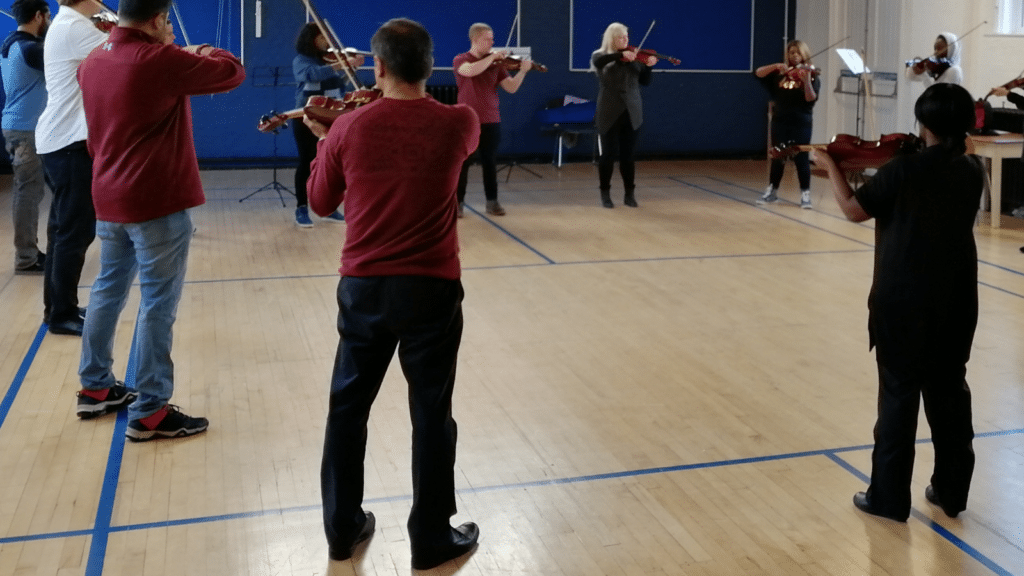
If your whole mental focus follows your gaze, you'll end up with the left side of your body taking up 100% of your attention. There'll be no spare space in your brain for checking that your body posture is correct!
For clear, easy sound production, our body posture and right hand technique must be relaxed, well-balanced and correctly positioned. So having that spare capacity isn't just important, it's actually essential.
So why do we get distracted?
Our primeval 'fight or flight' responses demand that we give fullest, fastest focus to our most difficult challenge at any given moment.
This is why our subconscious memories kick in: they allow us to respond to challenges faster than the speed of thought!
But the unique complexity of violin playing means that the immediately obvious solution isn't always the right one.
Yes, we need to rely on fast instinctive reactions... but those instincts are themselves based on carefully thought out, well-drilled behaviours, which in turn can be very counterintuitive!
Whoa...! This is the point where many people start to think: "this violin thing is really difficult!".
But it doesn't have to be that way.
There are two precautions you can take in advance which will make it MUCH easier to tackle complex violin-playing problems:
1) Practise the fundamental body movements carefully and conscientiously so that they're drilled deeply into your muscle memory. Then...
2) Take the time, EVERY time you're about to play, to make sure all the fundamental balances of the body are correctly set in place BEFORE you start...
...If you do these two things, then you'll start playing with a clear head... and will be able to focus on the other challenges ahead of you!
But when there's so much else to think about, how can you develop the discipline to remember to do these two things?
The solution, as ever, is having a checklist - and remembering to use it!
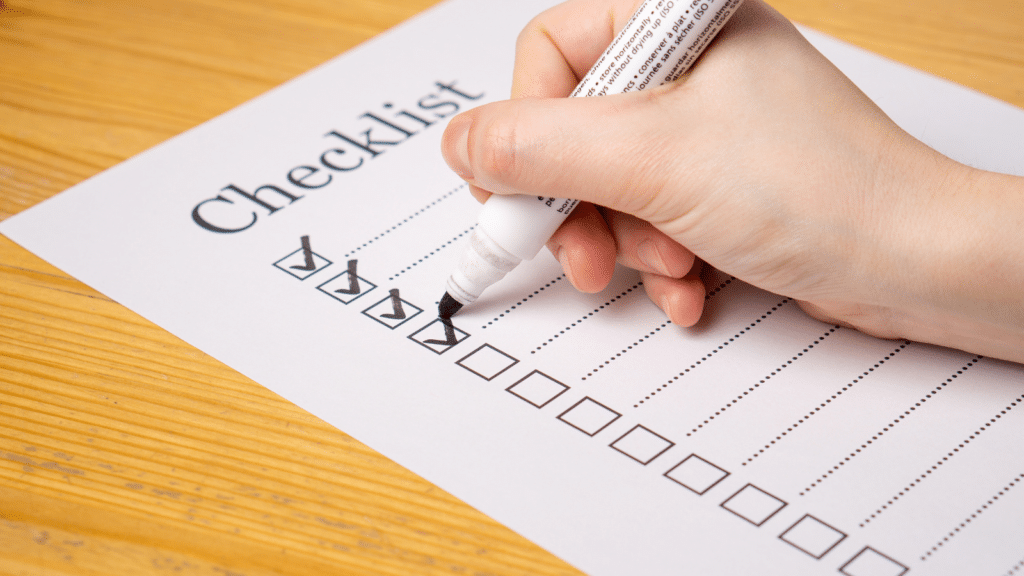
Firstly we must insist upon getting our fundamental body positions in place BEFORE we start to play. Use ViolinSchool's 3 Important Checklists to make sure that each part of the body is in the right position.
Secondly, we need to remember to check in regularly whilst playing, to make sure they haven't shifted.
THEN we stand the best chance of keeping a good balance, and therefore optimising our sound production as we play!
It's worth reiterating how important that second principle is - of checking the body position regularly whilst playing.
You see, it's not enough just to make sure your body is correctly positioned before you play - crucial as that is.
Because as you play, your body movements will gradually wear down the integrity of your posture. This creates inefficiency in your other technical movements.
You might start with the best of intentions, but as other challenges begin to take up your focus and attention, you have a stream of other things to think about, so you forget about your posture.
The solution to this is to actively reset your posture on a REGULAR basis as you play. You need to take time out from that shiny new finger technique or that difficult bowing motion, in order to check that the fundamentals are still correctly in place!
But this goes against our human nature. What's urgent often takes the place of what's important. But we can’t afford to allow that here!
Even if it feels wrong, we violinists need to develop enough discipline to make sure that the fundamentals of good body posture are always in place... whatever the cost!

Getting a trick or a technique right at the expense of your core posture or bowing technique might feel like an achievement at the time. Indeed, for a few minutes in a larger practice session, it could be the right thing to do.
But if you repeatedly ignore your body position and posture in order to focus on technical details, then in the long term it will lead to frustration.
Inconsistencies in body movement and core left and right hand positions will ultimately set the body off balance. And this will undermine much of the good work you've done on the details of your violin technique, by introducing inefficiencies and unnecessary tensions into your physical movements.
So... if you find your eyes moving to the left, that's fine for a moment or two, but don't let them stay there! Keep yourself focused on the tasks ahead, and use a clear checklist to give you the discipline you need to stay alert to EVERYTHING that matters... not just what seems most urgent!
Use ViolinSchool's 3 Important Checklists to help you check your posture and body position before you start to play:
A common problem when learning the violin is understanding where you’ve got to in the learning process.
This is important, because if you don’t have any reference points with which to measure your progress, it can be hard to know whether what you are doing is working.
And if you can’t be objectively sure that you’re doing things right, then you won’t have confidence in what you’re doing.
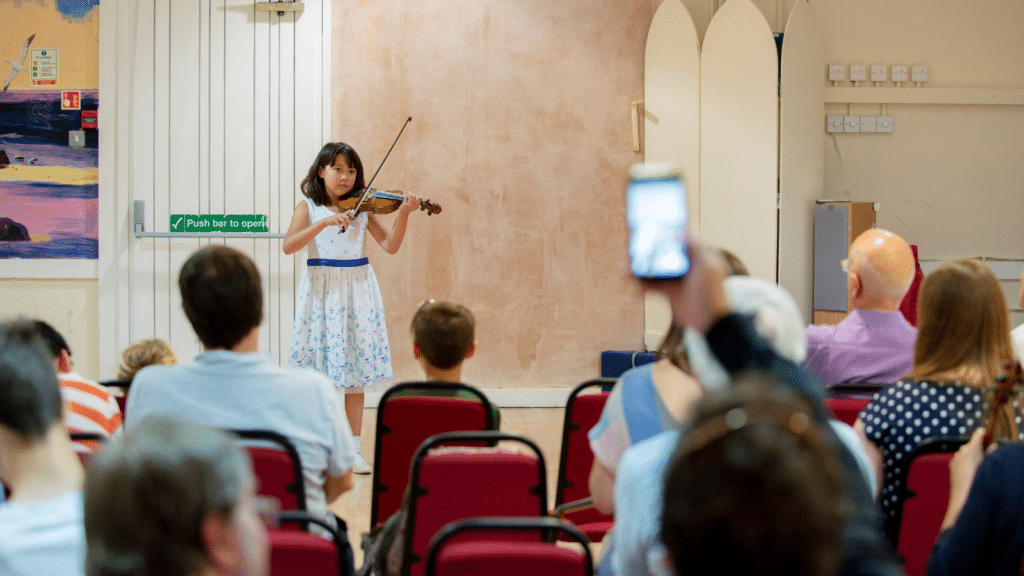
A strong level of self-confidence and certainty about what you are doing is absolutely crucial to being able to perform effectively on the violin.
A comprehensive curriculum can be a very useful tool for developing your confidence about where you’ve already got to with your learning.
A Curriculum is a very useful way of providing this objectivity. It provides a clear breakdown of topics into different levels of achievement.
Unlike other systems of measurement, such as exam grades or graded learning systems such as the Suzuki method, a good curriculum goes into detail about the actual topics involved in each level of learning.
By seeing the detail of what makes up each level, you get a much clearer sense of the ‘big picture’, and the true scope of your learning journey becomes apparent.
At the entrance to a big public park, it’s common to see a giant map of the area, with a big arrow on it that says ‘you are here’.

By putting your current location into context like this, you can suddenly see the ‘big picture’... the many different routes available to you start to become apparent, and you get a sense of the overall journey that lies ahead of you.
A map is very useful, but it has its limitations. It can tell you where you could go, but it doesn’t tell you where you should go!
One of the most important functions of a Curriculum is to show not just the topics that you need to learn and master, but also a suggested order in which to approach them.
This sequence or ‘gradient’ should be smooth... always challenging you in a new and interesting way, but never pushing you so far out of your comfort zone that it becomes too difficult or demotivating.
It’s very important to note that there’s no one ‘best’ way through the topics of violin playing.
Just as there are different tracks to the top of a mountain, there are limitless routes to choose as you navigate the many topics required for great violin playing.

Which track you take will depend on a number of factors:
Remember that a curriculum is a general guide rather than a definitive set of instructions. Although the overall direction of a curriculum should offer a progressive sequence of topics for you to learn, the exact route that you take through the detail of each level can and should vary depending on what’s best for you.
We’ve put together a curriculum for our learners which provides a comprehensive, step-by-step list of topics, sorted into different ‘levels’.
These ‘levels’ are unique to ViolinSchool, but the minimum achievement level for each level is approximately equivalent to the ABRSM exam grade system.
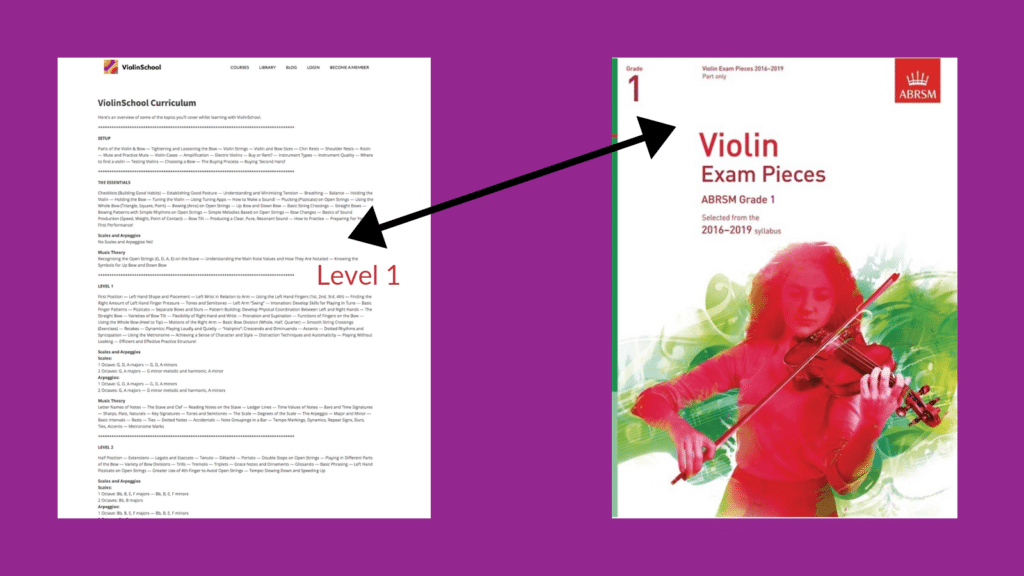
In other words, if you’ve mastered ViolinSchool Level 1, you should be able to complete ABRSM Grade 1 with good results.
We consider the ViolinSchool Curriculum to be a ‘live’ document, which means we regularly refine and update the sequence according to the latest research. Your comments and feedback are always welcome!
Remember that everyone’s path through the sequence will be slightly different.
Use the curriculum as a guide, but don’t feel that you have to learn each topic in the order that it is listed.
Also remember that most topics are complex and multi-layered, and will need to be learnt and developed in stages over a long period of time. It’s best not to assume that you can ‘learn’ a topic in one sitting!
Finally, be sure to consolidate each topic as best you can, before moving forward to the next level.
Use our online courses to acquire the skills you need, but also choose plenty of practice exercises from our Digital Library, to ensure you are carefully drilling everything you’ve learnt.
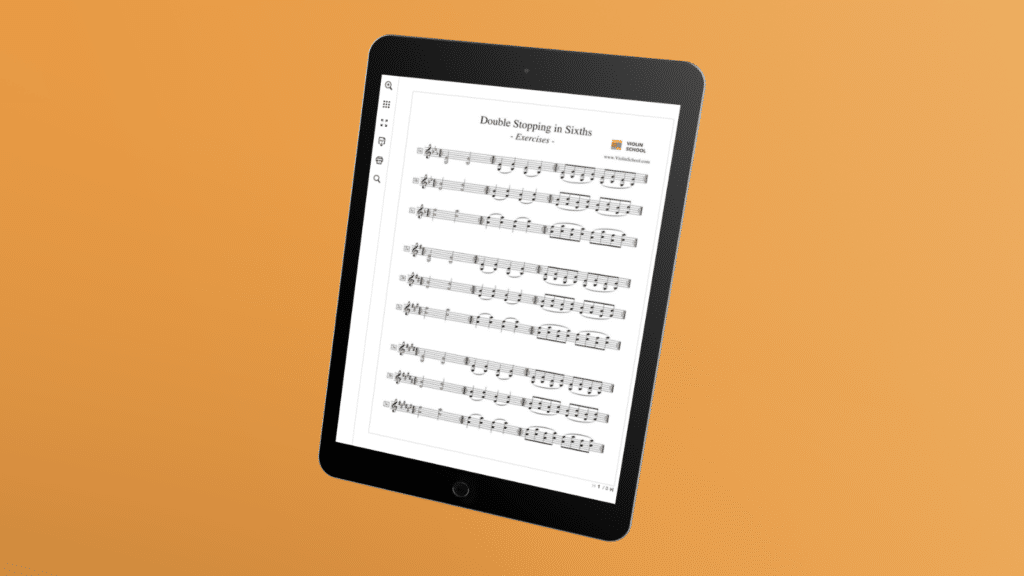
This kind of consistent, conscientious training is necessary for building up your habits and instinctive skills.
Doing this with every topic at every level will give you the confidence to keep moving through the curriculum, knowing that you’re building your violin playing on solid foundations!
This is one of the busiest times of year here at ViolinSchool, but I'm going to take a moment out to show you some of what's coming up here at VS towers!
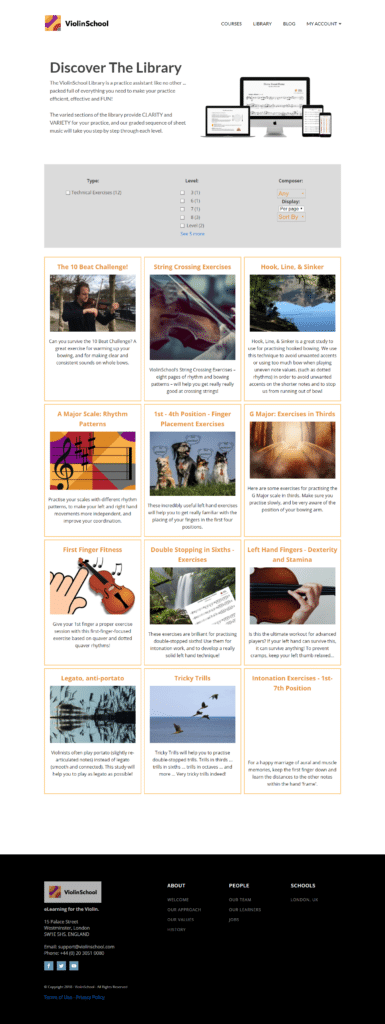 The overhaul of our Digital Library is nearly finished, and if you're a member of ViolinSchool, you'll be getting an email soon to let you know where to login.
The overhaul of our Digital Library is nearly finished, and if you're a member of ViolinSchool, you'll be getting an email soon to let you know where to login.
Did you know we also welcome member requests for new additions to the library?
If there's a piece of music you'd like to learn (subject to copyright!), or a technical topic that you need extra help with, tell us what you need.
If it's something that will benefit other learners, we'll get it done for you at no cost (ViolinSchool membership required).
The start of November means the start of The Violin Orchestra for our school in London, but we'll also be making the Violin Orchestra repertoire available to all our members, wherever you are.
You'll be able to build up your performance experience by practising along with the new MIDI score and part videos, which will show you what to play, when to play and how to play!
We made a decision earlier this term to merge the structure and curriculum of our online and offline courses (from our London school). The reason for this is that we've found learners make better and faster progress during offline courses, if they also have access to the same materials online.
A blend of online and offline learning gives a really comprehensive all-round experience, by offering multiple perspectives on core material. It also provides useful patterns of repetition in your learning... exposure to new ideas at different times in different ways helps with both understanding and with retention.
We're updating the online courses right now and members will have access to all of them really soon (we'll email you as soon as they're accessible again on the main ViolinSchool.com website).
Finally, our regular weekly email updates begin again from this week, packed full of new videos and partitions for you to enjoy. If you're not already on our mailing list, make sure you're subscribed so that you receive our newest content each week! We'll send you superb new resources every Thursday, to keep you focused in your violin practice.
Have a great November, and we wish you the very best for your practice sessions over the winter season!
- Simon, ViolinSchool
September is always an exciting time here in London (the home of ViolinSchool). Yes, there's a tinge of sadness that Summer is fading away... but as the nights here begin ever earlier, there's a buzz in the air... it's a time for new things, a time for action, and a time to work hard and get things done!
The beginning of an adventure is always a time of immense possibility; a time of anticipation as we imagine the trials, tribulations, and successes that lie ahead. The start of a new year of learning engenders all of those emotions: excitement, inspiration, and perhaps a little trepidation!
But the first step is the most important one: deciding to take the journey! I believe that committing to growth and self-development as a musician is one of the most powerful decisions a human being can take... and I wish every single one of you courage, resolve and strength as you embark upon the next stage of your learning!
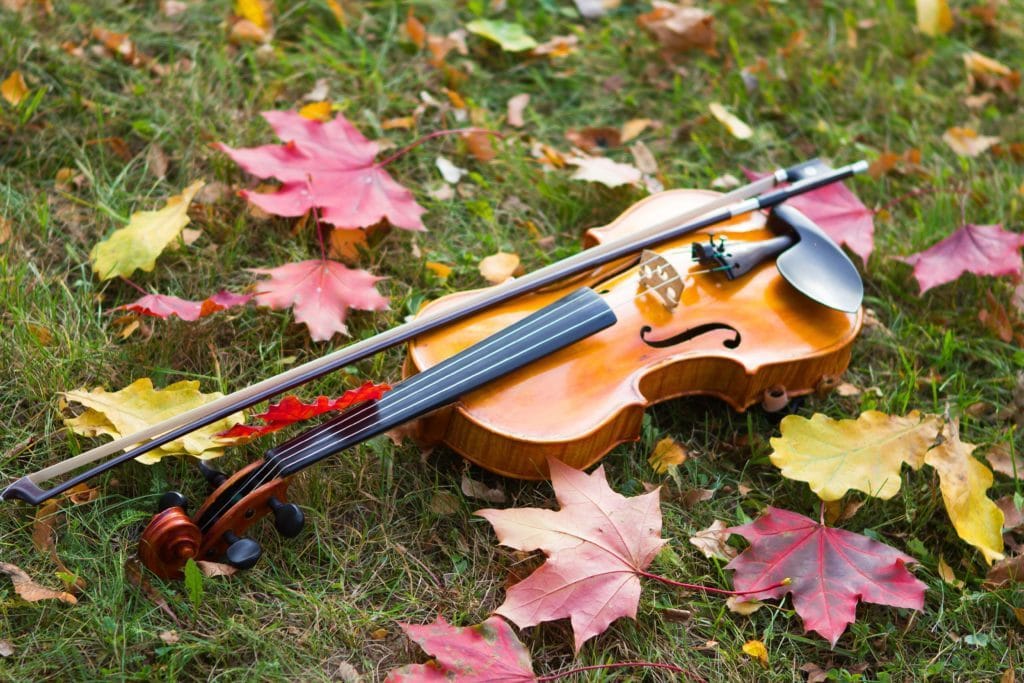
Coming up at the London School
Here at ViolinSchool, we are looking forward immensely to the coming year (tumultuous and chaotic though it may be in the wider world!). Our research has shown that our eLearning will be greatly strengthened by growing our local school here in London. So we've doubled down on our development of the classes and courses at our London school.
This term, our Beginner Violin Course for Adults introduces a new level, Course C. As with the A and B courses, we'll be adding all of the course content to our eLearning, so wherever you are you'll have access to new video tutorials and repertoire at the C level.
I'm also super-excited to welcome my aunt Caroline Lumsden to ViolinSchool London... she'll be introducing our new Children's Violin Course, alongside Setareh Mood who now begins teaching children at our London school. We begin with the 3-9 year old age groups, with courses for older children (and parent-child online learning) coming later.
Caroline is acknowledged as an international expert in children's learning of string instruments, and her work brings together the very best of diverse approaches such as Dalcroze, Kodaly, and Suzuki, with an environment that inspired deep creativity and fun for every child. It's a truly holistic approach that's designed not just for learning violin, but for all-round development of beautiful musicians and human beings!
I'll be entrusting my own children's music education to Caroline and Setareh - and if you're in London, I hope you'll consider doing the same! Take a look at the Children's Violin Course page and get in touch.
Online Learning
Although the reach of our London School is significant (and you're always welcome to come and visit!), the biggest impact of our work comes from helping people all around the world to learn. And to speed the development of our online learning, we'll be putting our blog front and center of our teaching.
Blogs are a superb way of covering in-depth ideas that don't fit into eLearning courses, but they're also a way of developing new concepts and engaging with an audience. We'll be publishing here more regularly, and I'll be excited to introduce to you new guests and ideas that will provide ongoing inspiration as you move steadily through our curriculum.
One of the strongest aspects of ViolinSchool's London school - and indeed one of our core values - is Community. This Autumn, I'm looking at ways we can better bring our amazing community online. Do we finally develop our member Facebook group into a popular, well-used discussion group? Or would you prefer a closed-door online forum for ViolinSchool members to meet and discuss ideas in depth? I'd love to hear what you think.
Wherever you are, and whatever you're working on, we look forward very much to hearing you play soon. Happy practising, and talk to you soon!
- Simon
Director, ViolinSchool
I like to think of a Violin Practice Journal as less of a physical thing, and more as an approach to keeping a record of your practice.
However you choose to keep your journal - notebook, app, word document... or my favourite, old scraps of paper stored in a cardboard box! ...
... what's important is that you have some sort of records of your practice. What you did, in other words.
And, more importantly, why.
A practice journal is all about documenting what you've done in the past. But why would you want to do that?
Journalling shows you - in full, inescapable detail - exactly how you've spent your time.
Now, as they say... past performance doesn't necessarily indicate future performance.
But what it does do for you, the violinist, the journaler, is to show you clearly what you did, and why.
Once you know that, and have time to reflect on it, then you can plan ahead to what you're going to do in your next practice session... ... and why!
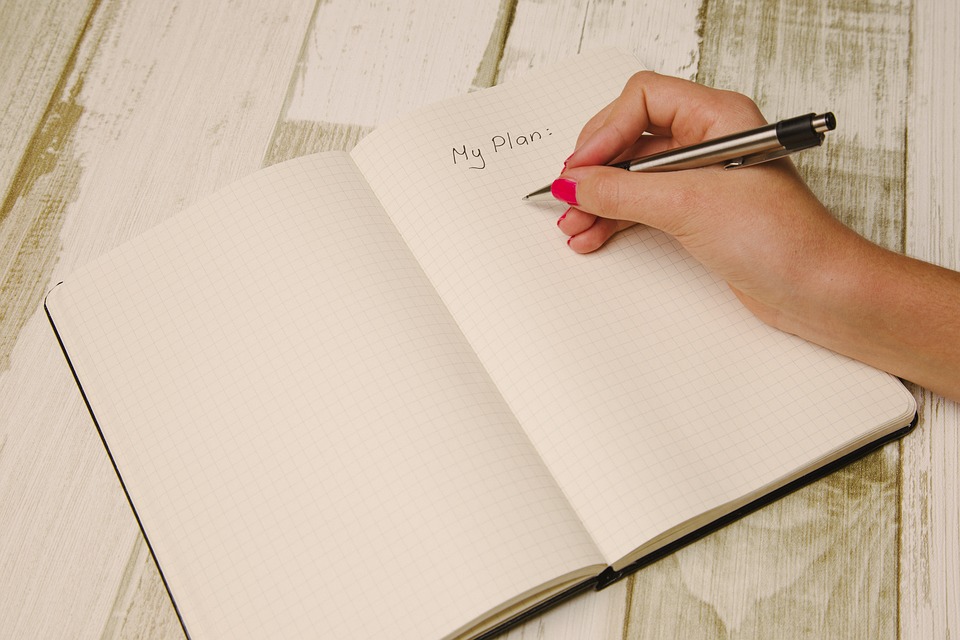
Keeping a practice journal can have a number of benefits.
Some are very practical, some are more emotional and motivational. But all of them lead you towards better, more efficient practice.
Here's an overview of some of the things you can expect to see when you begin to keep a practice journal...
Time is one of THE most precious - and finite - resources that we, as human beings, have.
As musicians, we need more time than most to hone our craft, and put in the practice hours that will make our playing as good as we want it to be.
So we must make sure we're using every second wisely!
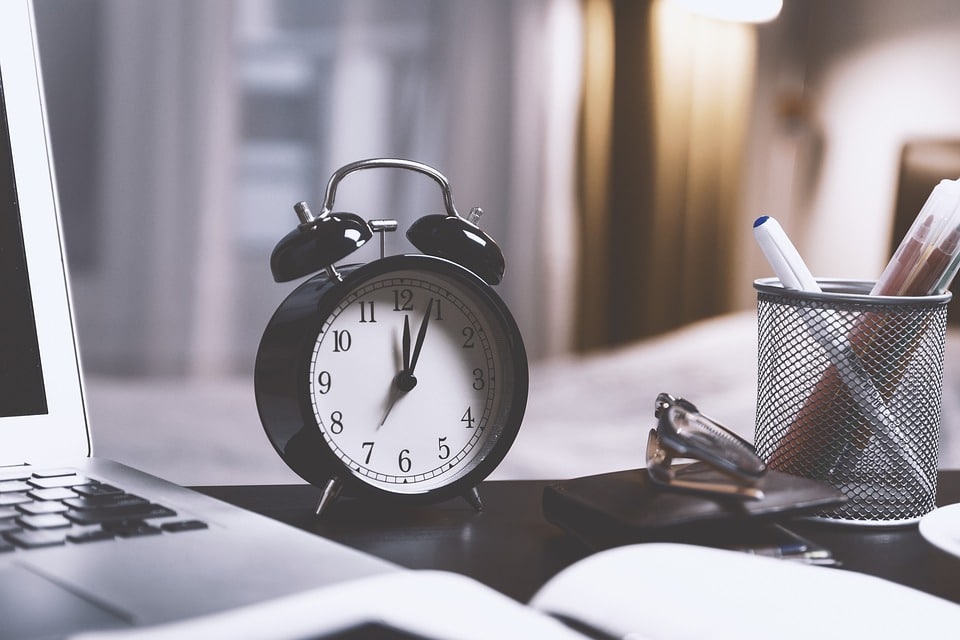
If your schedule leaves you with limited time for violin practice, you can keep your momentum going by restricting the number of minutes you spend on each task.
This way you'll get through more tasks, and cover more ground in your practice. Your development will be more balanced, because you're making progress in all areas, rather than just one or two.
Over time, as you review your journal, you'll start to notice improvements across the whole of your playing. This will create a virtuous circle, as you'll be motivated to practise even more!
"What did I ACTUALLY do?"
If you want to be sure about how you're using your time, journaling is an excellent tool. From your notes, you can see exactly where your time has gone!
If you've used your practice time effectively, you'll see it right there on the page! And if you haven't, you'll see it there too!
Of course we all have days where practice just isn't flowing. That's fine. Note it down in the practice journal, go and have a biscuit, sit by a river and mediate, try again tomorrow.
But at least we know how we've spent our time, and we know that we were clear and deliberate about our decisions.
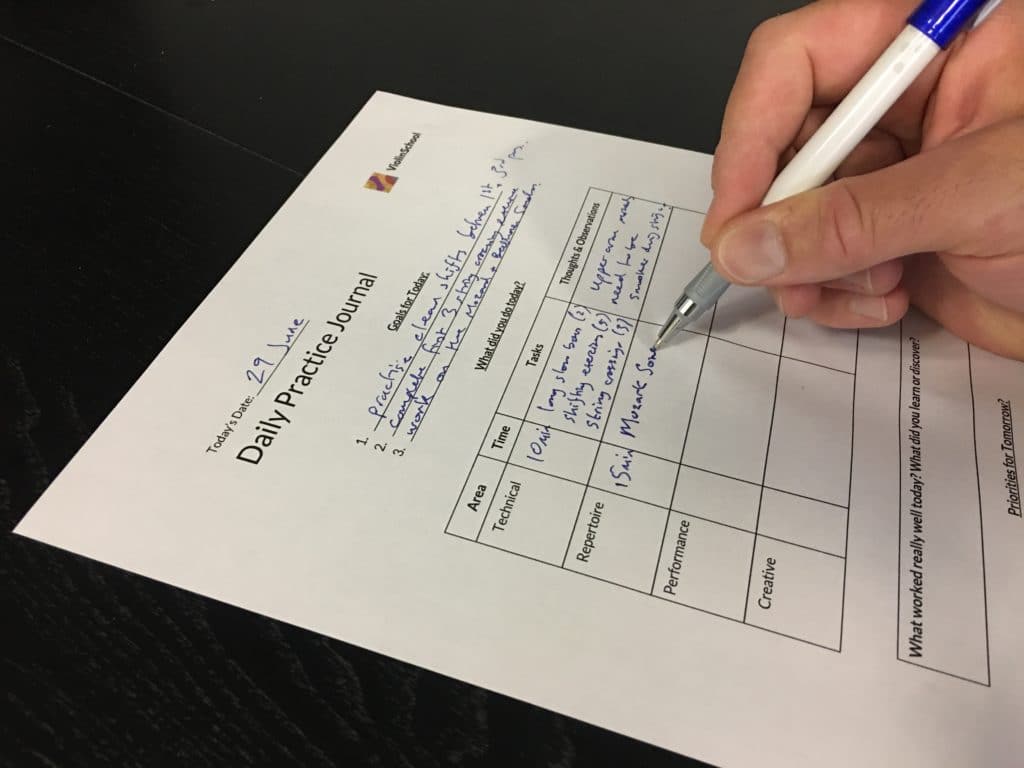
Keeping a journal each time you practise doesn't need to take long - a minute or two is more than enough. But the simple act of journalling every time you practise can work wonders for building your regular habits.
A written record of your daily practice creates an extra incentive to keep taking daily action. Comedian Jerry Seinfeld famously suggested to record an unbroken chain of daily work on a big wall calendar. It can be extremely satisfying to see every day's practice checked off on the calendar!
The opposite is also true; once you get into the habit of keeping a daily record of your practice, it will feel wrong to 'break the chain' by missing a day. You'll be excited and motivated by your progress, and you'll want to keep it going for as long as possible.
These little daily habits are the foundation of achieving your long term goals. You won't necessarily see progress every single day, but the cumulative effect of daily practice over a long period can be extraordinary.
Use your journal to keep yourself accountable on a daily basis, and get yourself into a really good 'daily habit' of violin practice!
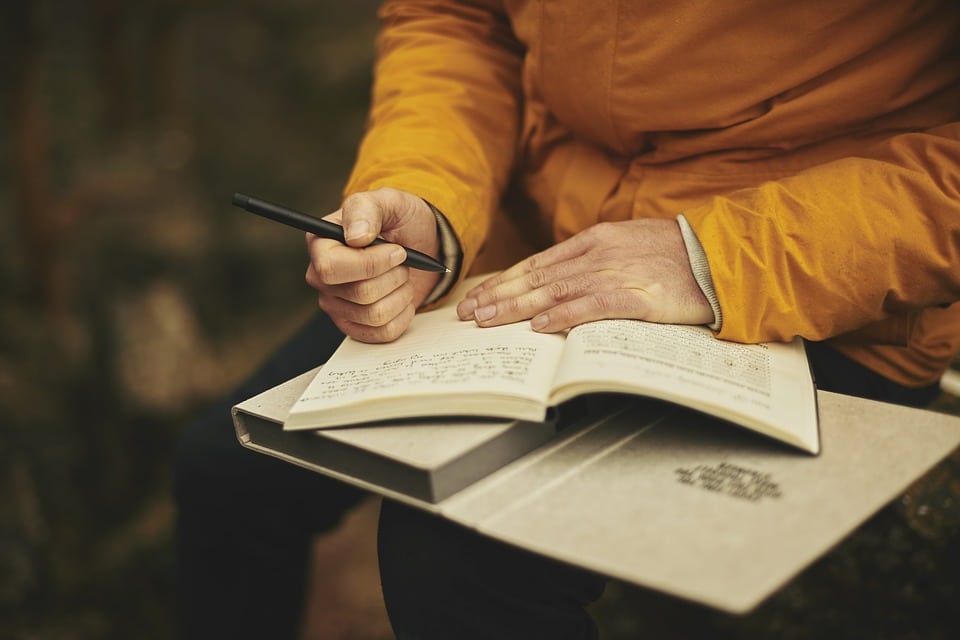
After a detailed piece of practice on something, our subconscious mind gets to work on it - especially whilst we're sleeping.
That's why sometimes you can wake up in the morning, and suddenly have a magical clarity about an issue you were struggling with the previous day. Or, you get to the practice room and find that you can do something that you couldn't do the day before!
However, if you haven't taken clear notes and already set out your priorities for the next day, you might forget the work you did yesterday... you might not even remember to try out the tricky passage you were working on!
But if you DO keep notes, then you can go straight back to yesterday's challenges, and apply whatever amazing solutions your brain has come up with during the night!

There's an old saying, "what gets measured gets done". It's worth tracking how much time you spend on each task, so that you know you've covered everything adequately.
When you can see exactly which practice tasks helped you to make tangible, measurable improvements, it gives you a much clearer idea about what's working and what isn't.
This makes it easier to decide what to spend your time on next!
When you look at your recent journal entries before planning the next day's tasks, your record of what you did (and for how long), will give you a sense of what you need to do to achieve the next short term goals.
Make a note of what worked, and how long you had to practise it before seeing results. From there, you can start to predict efficient ways of overcoming the next challenges on your list, and building them into your practice plan!
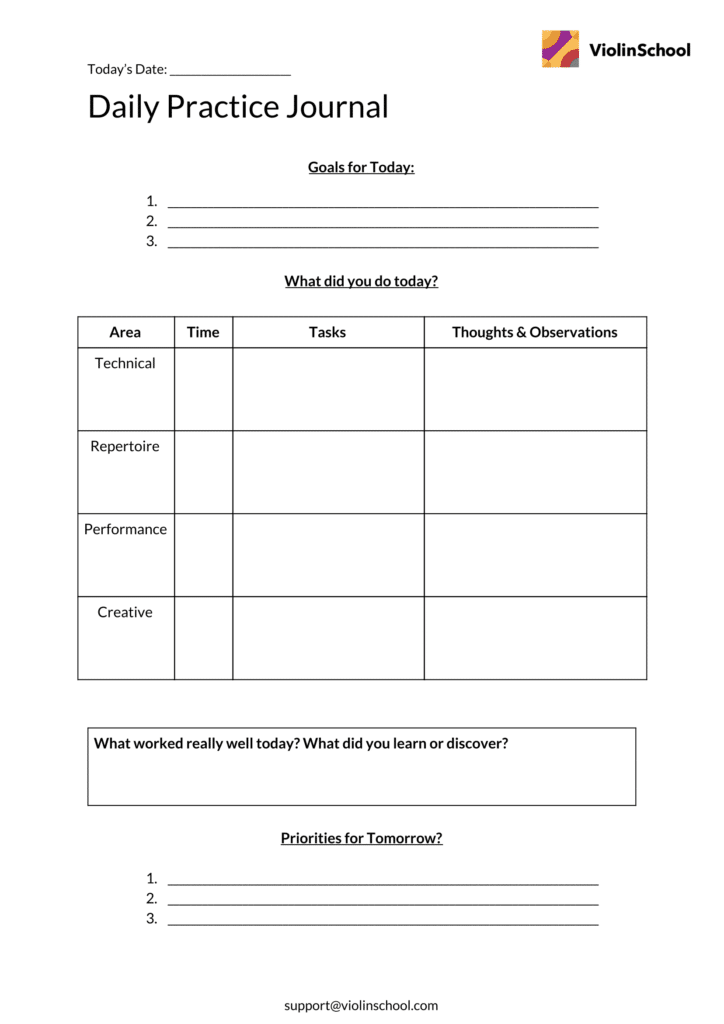
ViolinSchool members can download the Practice Journal templates in the ViolinSchool Library
Too many people practise in an 'ad hoc' way, without a clear sense of what they're trying to achieve.
It helps if you have a clear goal or objective that you're working towards, such as a concert or exam, but what if you don't?
This is where having a clear framework or structure for your practice can give you immense clarity about how and why you are practising.
Even if you don't have a short term goal to work towards, you can still plan your practice time wisely.
At ViolinSchool, in the absence of any alternative plan, we like to break up practice time into four key areas:
TECHNICAL, MUSICAL (Repertoire), PERFORMANCE and CREATIVE.
Here's a useful 'practice menu' that explains a bit more about each of these key areas. We find this is a helpful framework of thinking about the different sections of your violin practice, so that you don't overlook anything when planning your daily practice!
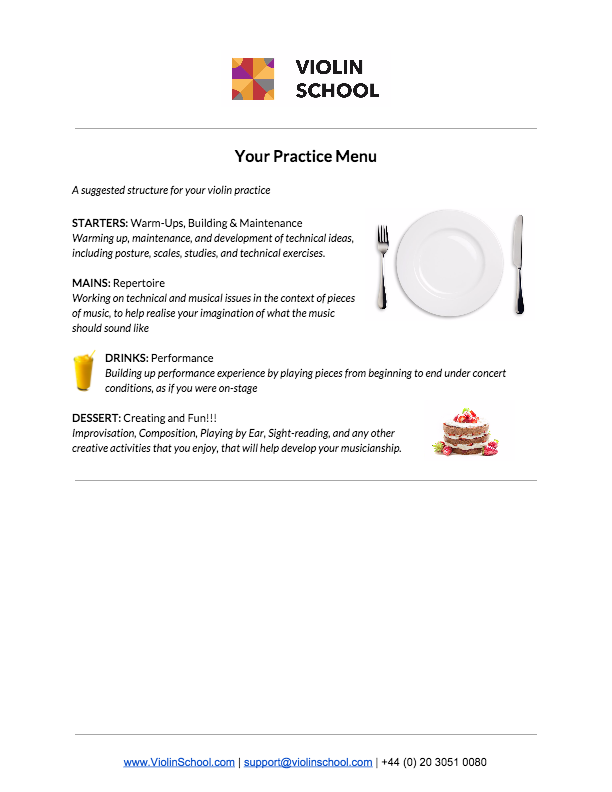
ViolinSchool members can download all of our Practice Tools in the ViolinSchool Library
Journalling can help you understand how balanced your practice is. For example, are you spending all your time just playing through pieces? Or spending so much time on technical work that you're not doing any creative, fun stuff?
Of course, people need a different balance to their practice at different stages of learning, so the structure of everyone's violin practice will be different.
But by keeping a note of which TYPES of practice task you do, and for how long, you can keep assessing whether or not your violin practice is balanced, and whether you're focused on the most important tasks... the ones that are most important for YOU, right NOW!
Another really valuable insight you'll gain from keeping a regular practice journal is that you'll start to notice patterns in your practice. This can be positive OR negative!
Ask yourself: What do you see popping up regularly in your journals? Are you always practising the same exercises? Are you seeing the same challenges coming up repeatedly? Do these patterns suggest a technical problem, or some other issue where you need to seek help from a teacher?
Of course, some repetition is good. If you're starting most of your practice sessions with long slow bows or other similar sound production exercises, that's probably a good thing.
And scale routines, for example, are useful for maintaining the fluency of your left hand technique, so it's good to see a regular pattern of scale practice in your journal.
However, if you find that you're often playing the same study or technical exercise over and over again for weeks at a time, then you might be at risk of your practice habits becoming stale (and boring!).
Unnecessary and repetitive tasks are a warning sign... once the creativity disappears from your violin practice, the fun will often disappear too, and practising can become a chore. Don't let that happen!!
Use your judgment - ask yourself if recurring patterns in your practice journal show good habits, or whether you need to mix things up a bit and look for new ideas.
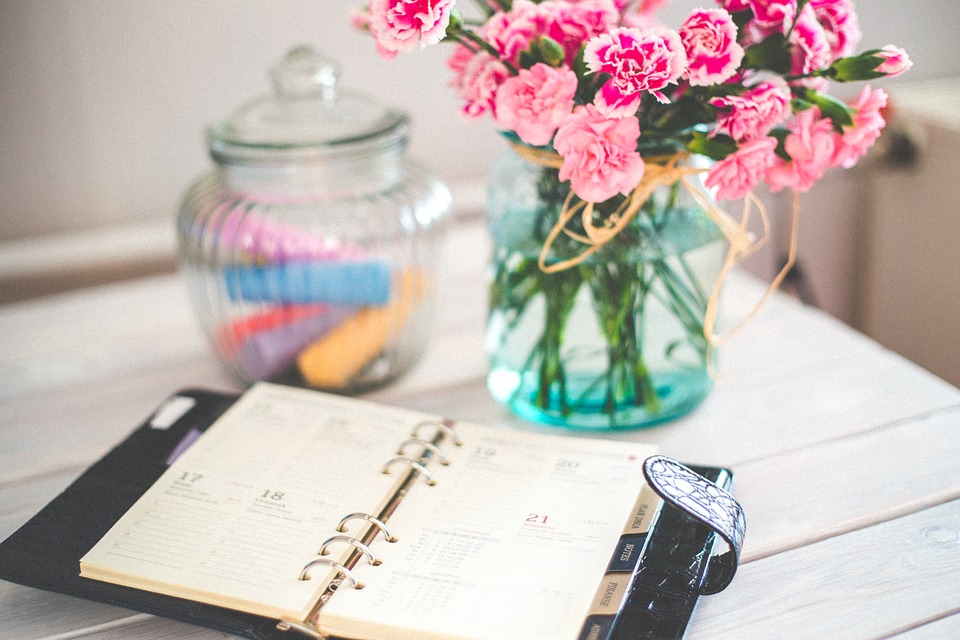
Learning the violin well takes a long time, so your goals and priorities are likely to change over the years.
What you're aiming for one month might be totally different a year or two later.
If your approach to violin practice doesn't evolve to support your changing goals and priorities, then you'll hit problems.
And your practice journal provides a great way to monitor - and prevent! - this.
By regularly reassessing your short term goals, you can assess whether you're moving in the right direction for achieving your long term goals.
That's why we encourage you to make a note of everything you've learnt or discovered in your practice journal, as well as using short term goals to clearly map out what you want to achieve in your practice... BEFORE you do it!
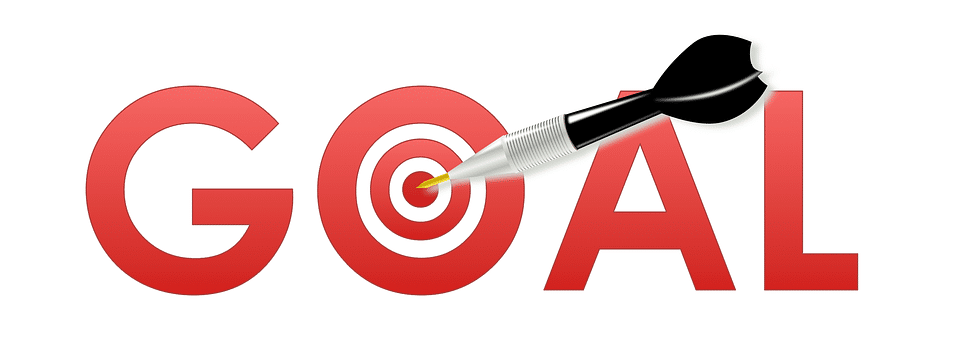
Don't get too lost in the detail though. If you're so focused on your short term practice that you never reflect on your long term plans, it's easy to lose focus and momentum.
Every few months, take some time to review your practice journal AWAY from the violin.
Take it to a quiet place where you're not going to be disturbed, and give yourself some time to read and think.
As you reflect on what you've done over the past months, you'll get a feeling for how you're progressing according to your 'big picture' plans.
Your learning and your new discoveries might even send you in a different direction! Perhaps you'll discover a new style of music that you love ... Or suddenly you'll become interested in a different type of ensemble music!
Embrace these changes, and update your approach to practice so that it's congruent with what you want to achieve long term.
Being able to 'zoom' in and out of your short, medium and long term activities is wonderfully helpful for giving you clarity and confidence in how you're spending your time.
Looking back through your journal allows you to see how your day to day practice has fitted into the big picture of what you want to achieve.
Reflect on what worked well and what didn't work well. Use your observations to model what you want to do - or not do - in your future violin practice!

Finally, never underestimate the power of motivation.
When you see, from your practice journal, that you're making tangible, clear progress, then you're far more likely to feel enthusiastic and motivated about the journey ahead!
The simple act of looking back through your practice journal and seeing what you've achieved, can be extremely empowering. A small breakthrough or new discovery can fuel your excitement, and keep you looking forward excitedly to your violin practice time!

Unless your home is patrolled by rambunctious pets or wild children, a great way to reduce the 'barrier' to practice is to leave your instrument out of its case, so that it's easily accessible ...
... You're far more likely to pick it up and start to play if you don't have to go through the hassle of getting it out of the case!
Do the same with your practice journal ... leave it near your instrument so that you always remember to fill it in. But also, leave it somewhere accessible during the day so that you can refer to it and reflect on your current work whenever you have a spare moment!
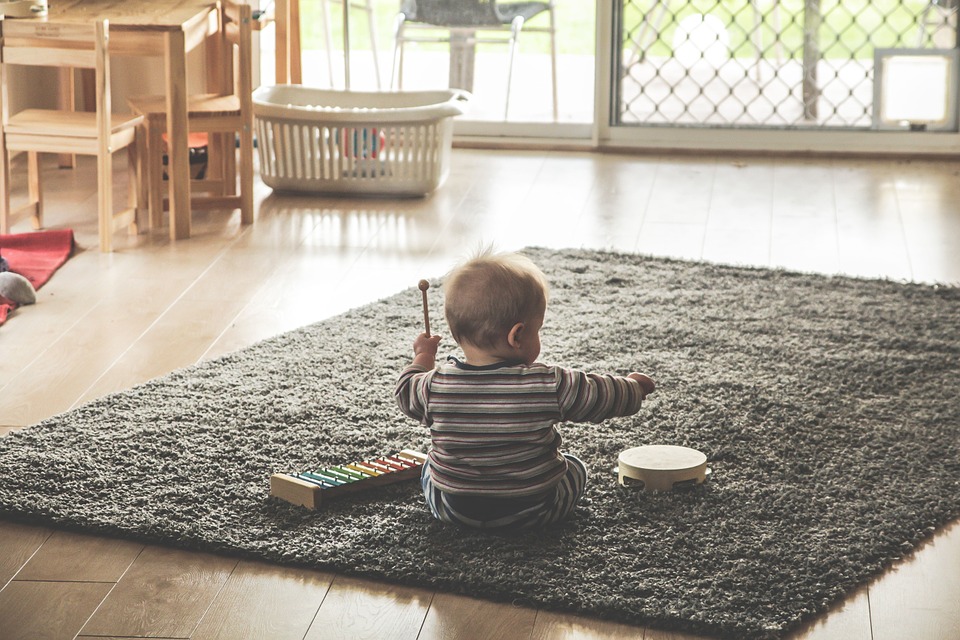
Once you've got into the habit of journaling regularly, you can then think about how to improve the process.
If you're able to keep a digital journal, then all sorts of opportunities open up for tagging, categorising, and sorting your notes. Software such as Evernote, Dropbox, or even just a folder of Word documents can be a great way to sort your ideas in an accessible, easily-navigable way.
For some people, this is way too much hassle. But for others, the convenience of a digital device - and the possibility for organising your notes in a creative way - can really help to make learning and practice more efficient.
Just... don't forget to back it up!

If daily journaling doesn't work for you, or you're not yet convinced that it's a necessary thing to do, that's fine... but you can still keep a basic record of what you've done!
Instead of a daily, time-based journal, some people like to keep a page of notes for each piece of music they work on.
You could keep all your notes for violin sonatas in one box, and for violin concertos in another ...
... or maybe you have a folder dedicated to studies and technical exercises...
... or even just use a scale tracker to track which scales you've practised, and how often!
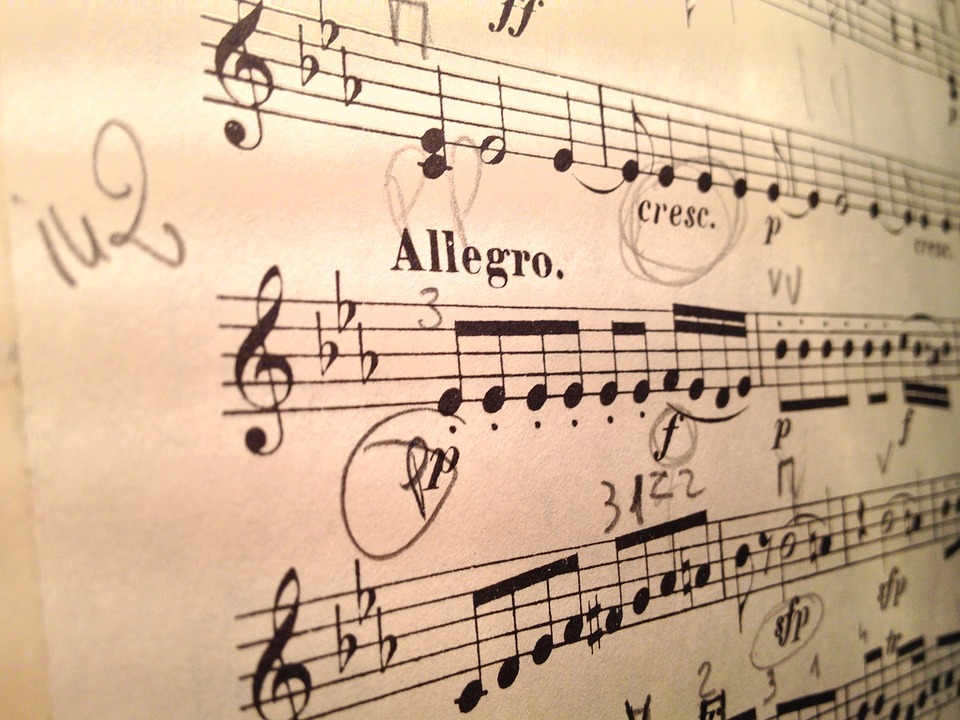
Journaling and note keeping can take MANY forms, and it's very important to remember that what works for one person won't necessarily work for another.
Personally, I don't like spending much time on detailed note-keeping about what I've done. I prefer scribbling a quick note to myself, committing it to memory, and dumping it in one of my many cardboard boxes!
Knowing it's there (and knowing roughly which box it's in) is all the peace of mind I need, and if I want to look back on what I've done, I'll just sift through the boxes and explore my past practice sessions.
But plenty of people would hate the way I keep my journal... I know many of our learners carefully type their notes, or keep records of each practice session in a beautiful hand-written notebook!
Ultimately, so long as you're keeping a good record, it doesn't really matter HOW you do it. Your journal just has to be right for you.
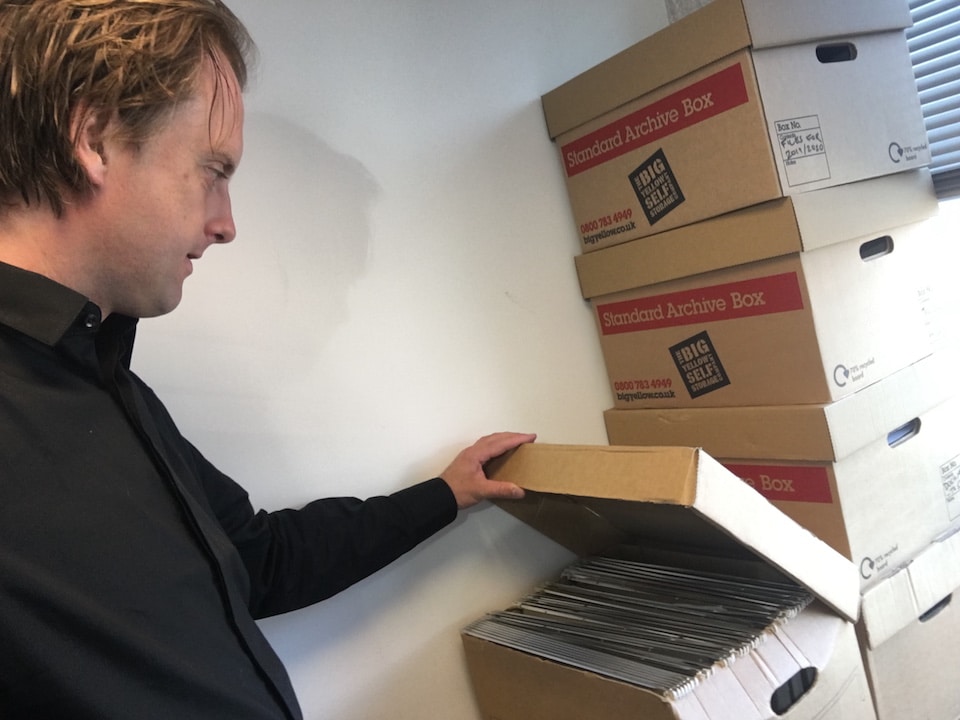
Anne Timberlake: Transform Your Practice: Keeping a Practice Journal
Rob Knopper - What My Practice Journal Looks Like
Real School of Music: How to Use a Practice Journal
"what gets measured gets done" - Unknown
Here's Setareh's most recent video, explaining how to warm up the hands and fingers before starting to play. I've found these exercises a really useful way to begin my own violin practice, and I hope you find them useful too!
Here's an earlier video with similar exercises for posture and breathing. It's soooo important to get your body balanced before you play - everything is easier when your body is flexible and relaxed!
Our New YouTube Channel
Setareh and I are dedicating the next few weeks to filming the latest series of ViolinSchool videos. As well as the online courses, there'll be video tutorials on our YouTube channel as well.
If you're a regular YouTube user, please click below for our new channel then click SUBSCRIBE (make sure you're logged in to YouTube first)! You'll be notified on YouTube whenever we publish new tutorial videos.
Subscribe to ViolinSchool on YouTube!
More videos coming soon! Enjoy 🙂
I've been teaching a lot of One to One lessons recently (I added an extra day to my London class - get in touch here if you'd like to book a lesson with me or David!).
It's got me thinking about the nature of what a violin lesson actually is!
A lot of people come to a violin lesson expecting a teacher to teach them how to play the violin! Teacher tells learner what to do, learner does it, everyone's happy.
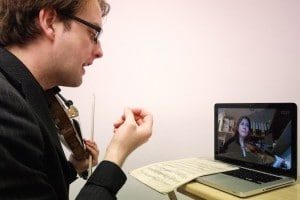
But is that all there is to a violin lesson?
Of course, imparting information is a huge part of a teacher’s role.
But, rather than simply expecting knowledge (e.g. what to do, how to do it) to be acquired at a violin lesson, what would happen if that knowledge was acquired before a lesson, and then the lesson itself becomes focused on the application of that knowledge?
**
I'd draw an analogy here between teaching and coaching. For example, whenever I have a big concert or a recording session, I go and book a violin coaching session at ViolinSchool with David (yes, I study at ViolinSchool too!).
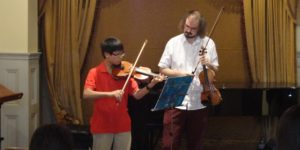
David and I spend large amounts of time every single week talking about violin playing, and so information itself is very rarely the main focus in a lesson environment.
But playing to him is always, without exception, a revelatory experience. Why?
The best way I can think to describe it is to have someone hold up an all-seeing mirror to you. The mirror not only reflects back to you what you're doing (valuable as that is), but it also gives you a new perspective on what you're doing.
You become aware of the potential you have to realise what you already know or can do. This opens up more possibilities for you to use your existing skills much more effectively.
The ideas in a coaching session could be musical, technical, performance-related, philosophical, or even something else entirely ... but the hallmark of any great coaching session is that you come away feeling like you have new insights into how you might use your existing abilities in exciting new ways.
This kind of sophisticated and multi-faceted experience can only really come from a strong personal relationship between a player and a coach (and it's no coincidence that this kind of relationship is considered essential in the world of sports).
If you're just acquiring knowledge then you're learning about the violin. But if you're exploring how to apply that knowledge, then you're learning about yourself!
So although there's precious little difference in booking a ‘lesson’ or a ‘coaching session’ - from an administrative perspective it's one and the same thing! - the actual nature of the time spent together - teacher and learner or coach and learner - is very different indeed!
Hi everyone!
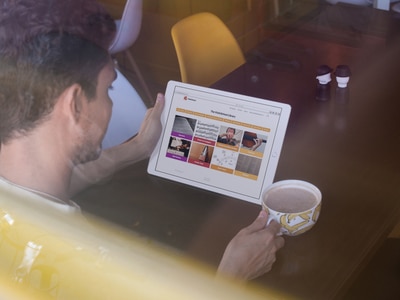
Autumn is in full swing, and here at ViolinSchool we've been busy beavering away behind the scenes, making preparations for three BIG ViolinSchool projects, which we're about to unwrap...
Look out for news about ALL of these over the next month or so! In the meantime...
**
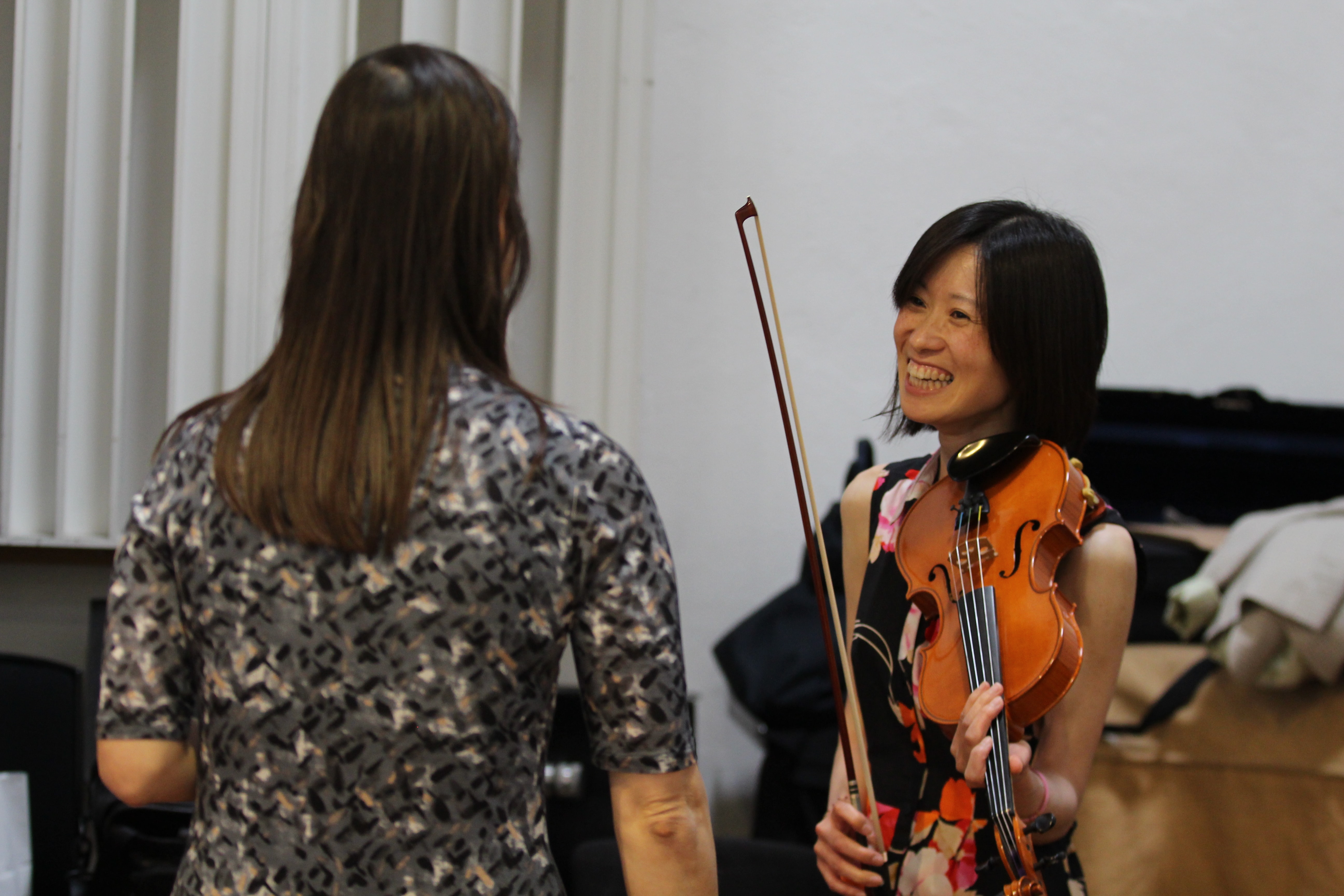 London Ensembles - 21st & 28th October
London Ensembles - 21st & 28th OctoberIf you're here in the UK, come and join us! The Orchestra will now begin on Saturday 4th November, but before that, we're running two sessions for everyone who'd like to join the orchestra, on these dates, in London (Victoria/Pimlico):
Click over to our London School website for all the details.
Not in the UK? Keep an eye on your email and our Facebook page for news about the new Library and Online Courses!
Happy practising!
- Simon
Hi Everyone!
Wherever you are, I hope you're having a great summer! Here at ViolinSchool HQ, we're pushing forward with our video production, and rolling out the long-awaited Learning Guide which will soon be available to all our members.
Every week we'll now be releasing new video tutorials. Core content will be published in the Learning Guide and in our Online Courses, and our free tutorials and other special video content will also appear on our new Youtube Channel.
Here's a video from the 'Essentials' course, which explains how to practise the 'Circles' exercise:
As we move through into the autumn, we've got many many video tutorials coming your way, to guide you sequentially through all the most important topics that will help you to play the violin the way you want to! So stay tuned to this blog, as well as to our Facebook page, and we'll keep you updated whenever there's a new video for you to enjoy.
Thanks for watching!
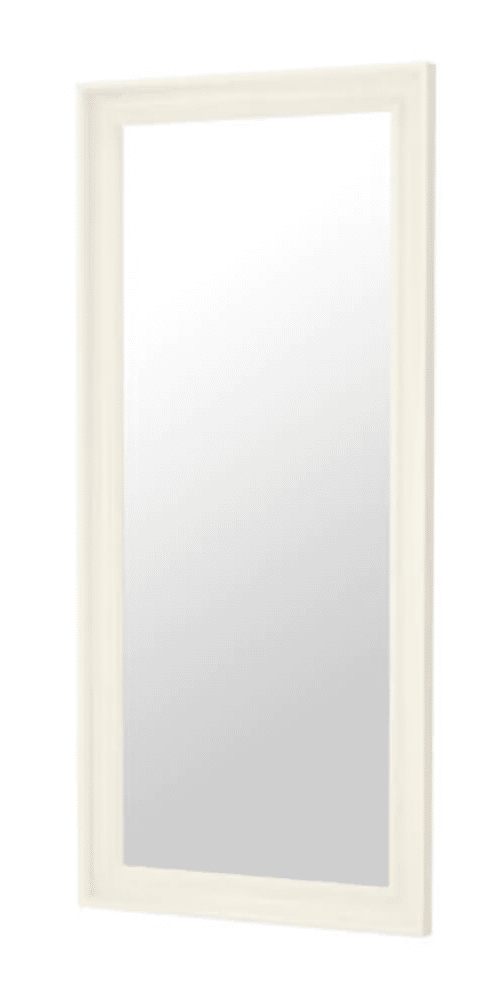 Metronomes, mirrors and tuners are fantastic tools for a violinist.
Metronomes, mirrors and tuners are fantastic tools for a violinist.
Metronomes can help you to keep time. Mirrors can help you to see whether your bow is straight. And tuners - not least the all-singing, all-dancing digital tuners that are now available as smartphones - make it easy.
Just follow the device, no? If you can play in time with the metronome, then you've got it right!
Unfortunately, it's not that simple.
What happens when we look at a tuner or a mirror is that we get a visual cue for what is actually a physical or aural skill. In the case of a metronome, or a tuner that can also generate pitches, it can be a visual or an aural cue (or both).
Instinctively, we use those cues to make sure that our physical motions are correct.
We start off with the best of intentions... "I'm going to play this passage slowly for 10 minutes, making sure that every note is in tune". And, eyes glued to the tuner, you do exactly that - correcting mistakes as you go.
Magically, once you've repeated it several times, the passage is starting to sound in tune! You do it again the next day, and it's even better! And by the third day, it's really consistent -- all the pitches are ringing true! Sorted!!
With your confidence rising, it's time to go and play it to your teacher (or to do a mock performance for your pet cat, or whatever!).
But this time, the tuner isn't switched on. It's a performance, after all.
"OH NOOOOooooooooo! It's gone out of tune again! It's soooo out of tune! But why? I practised it for ages!!"
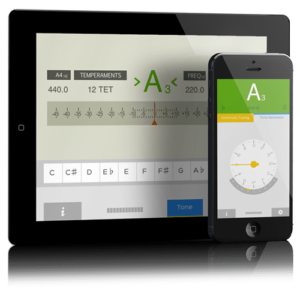
In this example, our conscientious, well-intentioned violinist has unfortunately spent 10 minutes fixing (and then consolidating) precisely the wrong problem.
Instead of making the physical motion really accurate, then practising it until it's 100% reliable, the violinist has been practising the physical motion only when there's a visual cue to rely on!
If you always practise intonation whilst looking at a tuner, you'll get really good at playing in tune with a tuner...
If you always practise rhythm whilst looking at and listening to a metronome, you'll get really good at playing in time with a metronome...
And if you always practise keeping a straight bow whilst looking in a mirror, you'll have a really good bow technique... when you're looking in a mirror!
There are many aspects to good violin practice, but one of the most important is to make sure that you're tackling the right problem in the first place! It doesn't matter how conscientious your practice is if you're not doing the right things.
In the practice section of ViolinSchool's online learning programs, we go into detail about both the strategy and structure of your practice, to make sure that you're never falling into a trap like this. Once you've got a clear roadmap for what you need to do, you'll make much better progress. You can integrate scales and technical exercises effectively into your practice, and soon you'll be thrilled at the results you see!
If you've been around ViolinSchool any length of time, then you've probably heard us talk about the importance of checklists. For years, we've been making the point that the purpose of a checklist is to systemise your behaviour, ideally to the point that it can become automatic.
And when you're dealing with something as complicated as violin playing (or flying a plane, or carrying out surgery, etc.!) - well, a checklist can come in very handy indeed.
If you'd like a more detailed, non-violin-orientated(!) overview of checklists, then get yourself a copy of The Checklist Manifesto by Atul Gawande - we highly recommend it!
For a few months now, we've been handing out three core checklists at the end of our Beginner Violin Classes. And we're pleased to share these new updated checklists with ViolinSchool members here today (not yet part of our community? Click here to find out more!).
The first checklist is our full body checklist, which reminds you to keep a good posture at all times when playing the violin. The second checklist considers the right arm and hand, and the third covers the left arm and hand.
VS Members can download all three checklists here, in this printable PDF:
It's really important for us to internalise the concepts represented on these checklists, until they become so automatic to you that you always remember to carry out each step.
Therefore, a good aim in your violin practice is to refer to the checklists every single time you're about to play, so that you can reset your body posture. A good strategy would be:
If you do this consistently and conscientiously for several weeks, you'll start to see a good improvement in your posture. And most importantly, you'll start to set your body position correctly without even thinking about it.
And it's when that automatic-ness, that automaticity really starts to take hold, that you truly have the freedom to focus on the music... knowing that your body is doing the right thing... even when you're not thinking about it!
Eagle-eyed readers may have noticed that over the Easter weekend, our content goblins and our tech wizards have been beavering away with some very useful updates to the ViolinSchool learning platform!
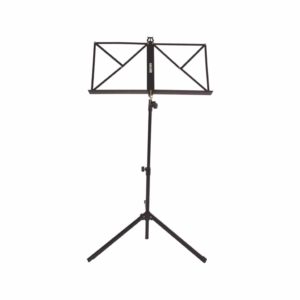 Practice is such a critical violin-playing skill that we felt it needed its own section! So you'll now find Practice in the top menu bar, with the key ideas outlined in the How to Practise page [membership required].
Practice is such a critical violin-playing skill that we felt it needed its own section! So you'll now find Practice in the top menu bar, with the key ideas outlined in the How to Practise page [membership required].
Sight-Reading now has its own dedicated homepage, where members can browse and download our whole library of sight-reading exercises, as well as articles on how to learn and practise this essential skill.
Scale Central is the go-to place for starting your scale practice! We'll be adding extensively to this section over the coming weeks, with downloadable charts and routines as well as all the different scales for you to cover in your practice sessions.
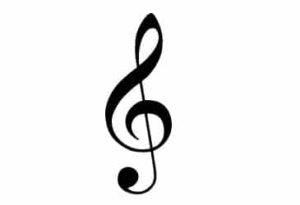 We'll be introducing 5 Minute Workouts in more detail later this week, but members can already see the first few online here. These are terrific tools for the technical part of your practice... we've got a giant stack of workouts coming your way in the next few weeks too. More about this soon!
We'll be introducing 5 Minute Workouts in more detail later this week, but members can already see the first few online here. These are terrific tools for the technical part of your practice... we've got a giant stack of workouts coming your way in the next few weeks too. More about this soon!
The Music Theory section has also been updated. We know that for several learners it's a priority to get your Music Theory skills in shape, so we'll be adding a lot of tutorials to this section as well.
**
There's so much more to share with you in the coming days, but in the meantime we hope you enjoy these new updates, and don't forget to let us know if there's something specific you'd like guidance on... we're publishing daily again from today onwards, so send your feedback and requests to [email protected] - we're happy to help you with your learning!
David and I once came off stage in Switzerland after a concert, and as we were returning to the dressing room, a man approached us with a big grin on his face and said, in possibly the strongest Irish accent I've ever heard...
"Tell me boys ... why do you use those partitions?"
"Erm, sorry, the ... ??"
"The partitions lads, the partitions!"
"Partitions??"
"Yes lads ... you didn't seem look at them once, so why do you need them partitions?"
This awkward conversation went on for quite some time, until we finally worked out what he was talking about!
We didn't realise that, in French, the word for 'sheet music' is 'partition'... Turns out he wasn't referring to a structure that divides up space - he was asking about the sheet music we were using!!
Anyway, since that day, the ViolinSchool team has always referred not to 'sheet music', but to 'partitions' (usually said in an Irish accent!)
So it's with great pleasure and excitement that we introduce to you our all-new...
Library of Partitions!
https://www.violinschool.com/sheet-music/
Our new sheet music (partition!) library contains hundreds of pieces of sheet music for ViolinSchool members to download and print.
We're adding more partitions every week, and members can even request pieces or songs for us to arrange (subject to copyright!).
If you're not yet a member, just send us a quick message and we'll be happy to email you a few free Partitions to try! (just tell us which ones you'd like to have)
Here's what's new in the updated library:
https://www.violinschool.com/sheet-music/
I'd love to hear what you think about the new sheet music library. Do leave a comment below and let me know! Enjoy 🙂
- Simon HJ
p.s. if you'd like to download all the partitions and everything else that ViolinSchool has to offer, become a member today! We'll send you a welcome pack in the mail, full of great violin books to give a boost to your violin practice!
Happy New Year from everyone here at ViolinSchool!
We've got some exciting news to share with you for 2017...
 We're really happy to announce that the ViolinSchool team is taking over management of Musicland Publications, a leading publisher of sheet music and educational materials for string instruments.
We're really happy to announce that the ViolinSchool team is taking over management of Musicland Publications, a leading publisher of sheet music and educational materials for string instruments.
Musicland itself is a family business, established in the 1980s by Alan and Caroline Lumsden (Hewitt Jones). Caroline, who is the aunt of ViolinSchool Director Simon Hewitt Jones, has been an advisor to ViolinSchool since 2013, and we're really excited to be bringing together her experience of educating children with all of the expertise in adult learning that's been built up by the ViolinSchool team in recent years.
In the near future, we'll be collaborating together on several ViolinSchool books, including all-new 'tutor books' that will complement our online learning programs. But the Musicland catalogue is already a goldmine for string players (and many of our London learners and Violin Orchestra players are already familiar with some of Musicland's chamber music!)
The new Musicland website is now live at www.musiclandpublications.com featuring 50 of the most popular pieces from the catalogue (and the rest will be arriving over the next few weeks). Music is despatched daily from our dedicated 'cottage warehouse' in South-West England, and as each edition is revised and updated, digital versions will become available through ViolinSchool and other digital sheet music distributors.
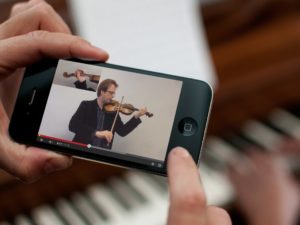 We're happy to announce release dates for the revised online learning programs:
We're happy to announce release dates for the revised online learning programs:
Thursday 26th January –The Essentials (see the list of study topics)
Thursday 2nd February – How to Practise
Thursday 23rd February – Level 1 (see the list of study topics)
Thursday 9th March – Level 2 (see the list of study topics)
Thursday 23rd March – Level 3 (see the list of study topics)
Thursday 6th April – Level 4 (see the list of study topics)
We can’t wait to share these great new resources with you! Access to all of these great new courses is included in ViolinSchool membership, and we'll let you know by email as soon as they become available. Remember, you can check our online curriculum to see all the topics that will be coming your way.
The other big project we’re about to start is The Violin Course, our epic 12-week course in London that guides learners from total beginner level to Level 4 of our curriculum. We’re starting this Saturday, and we have just a couple of places remaining, so if you’re interested in taking part then make sure you get in touch today! All the info is on the page at https://www.violinschool.com/violincourse/.
The content of the Violin Course will also form the basis of our online learning programs, so even if you can’t make it to London, then keep an eye on our blog, our social media and our newsletter. Over the coming weeks we’ll be sending you lots of video lessons, sheet music and other great resources to help you make 2017 the year where you take your violin-playing to the next level!
Happy New Year!
So I'm deep in one of our research documents, examining some tiny detail of how the arm moves during a Tremolo stroke. I'm trying to make sure that I've got the best possible wording for an upcoming video script.
If I use this word or that word, will it be clear enough? What about people who don't already know what the word means? Would it be clear enough for a non-native English speaker? Or for a child to understand?
I cross-reference with a couple of our primary sources. Ah, Leopold Mozart (Wolfgang's Dad) agrees with me - he writes almost precisely the same thing in his 1756 treatise. Except... he uses the words 'vibrato' and 'tremolo' interchangeably.... ARGH!
I have one of those moments. Why do we use the word tremolo anyway? Or vibrato? Or any piece of violin-playing jargon! Why are we even trying to use words to describe this stuff?
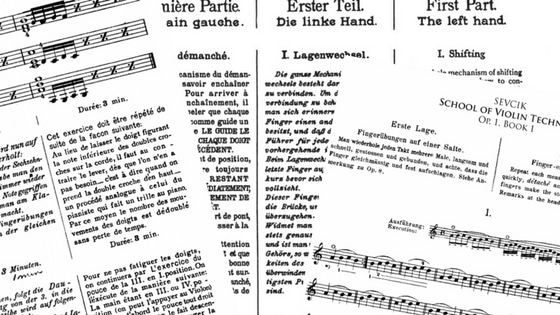
We have to, of course. Otherwise we'd never be able to communicate about what we do. But with something as complex as violin-playing, there's a limit to how useful terminology and words can actually be. Talking about violin-playing is all very well, but as with any highly intricate skill, there's a distinct reality gap between theory and practice.
The reason for this is simple: when you're working on a task that contains extremely large numbers of variables, there are an uncountably large number of potential ways to do it!
And that's why there are many ways to play the violin. Everyone's different. There's no 'right' way.
That said, there are plenty of principles which it's possible to agree on as being 'correct' or 'incorrect'... broad, measurable ideas that can objectively be said to be true for any violinist. To communicate those principles in a way that they can be truly understood, internalised and applied, then you need to talk about them... and talk about them often. And we'll be doing plenty of that in the months to come, both here on the ViolinSchool blog, and also in our Video Lessons and Online Courses.
But the way teachers talk about those principles has to be different for different people. A video or a blog or a teacher's description might resonate perfectly for one learner, but make no sense at all to another.
That doesn't necessarily make the content good or bad, or right or wrong... it's just a reflection of how each person learns. Our experience, knowledge, preferred learning styles, and so on, will all affect how we relate to, absorb and internalise information.
For that reason, a lot of terminology can be quite subjective. For example, in the 19th and 20th centuries, it was common to distinguish between different 'schools of thought' in violin-playing practice... people often spoke of the 'Russian' or 'Franco-Belgian' or 'German' school of violin-playing.
That might have held true in a pre-YouTube world, when long-distance travel was rare and ideas were slow to cross continents. But in the hyper-connected 21st Century, unthinking adherence to old-fashioned terminology is a lazily dogmatic way of communicating our art!
(We joke about this a lot at VS HQ. "Oh David... your spoon-hold is looking sooo Franco-Belgian this morning!")
**
Ultimately, 99% of your audience doesn't give a damn about the provenance or genealogy of your bow technique!
All they care about is that it sounds good.
It's important not to get too hung up on 'established' musical terminology; there's often quite a lack of consensus about what some of the words mean anyway! What's important is that we speak clearly and simply about what we're doing and how we're doing it, so that we can easily communicate it to anyone, anywhere!
I'll leave the last words to Ella Fitzgerald & Louis Armstrong:
